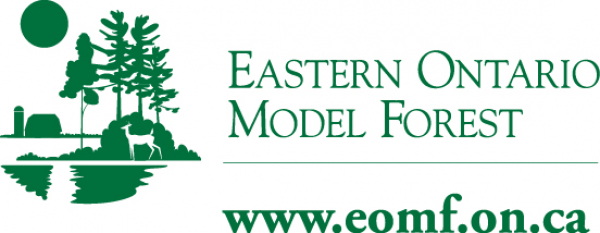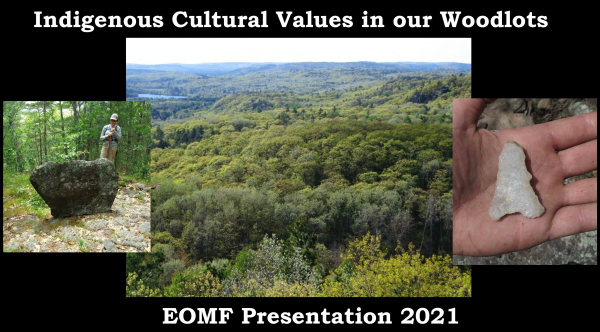
Static (15)
Forestry excellence and volunteerism have long been corner stones to the foundation of the Model Forest.
In recognition of this, the Model Forest established two awards the “Ross Silversides” and the “Heartwood”.
The Ross Silversides Forestry Award is presented in recognition of outstanding contributions to the vision of sustainable forestry. This award is named in honour of Ross Silversides, a founding member of the Model Forest and distinguished forestry professional. Ross’ forestry career spanned five plus decades and included work in the private section, provincial and federal governments, and international consultancy. His dedication and passion to research development, knowledge transfer and professionalism was renowned and recognized throughout Canada and around the world.
The Heartwood Award is presented in recognition of an individual or group who has made an exceptional volunteer contribution to the Model Forest.
We grateful to all the award recipients for their willingness to share their expertise, time, and passion as we strive towards our vision, “A Forest for Seven Generations”.
The Ross Silversides Forestry Award Recipients
1993, C. Ross Silversides, Maitland (Honorary)
1994, Bess Silversides, Maitland, (Honorary)
1994, Ernest M. Kaientaronkwen Benedict, Akwesasne
1995, Teharonianeken, Chief Jake Swamp, Akwesasne,
1996, Ewan Caldwell, Rockcliffe Park
1996, Ferdinand LaRose, Bourget
1996, Françoise LaBelle, St. Bruno Quebec (Honorary)
1998, Sandra S. Lawn, Prescott
1999, William K. “Old Bill” Fullerton, Manotick
2000, Jim Cayford, Barrhaven
2001, George Fowler, Iroquois
2001, Henry Atsienhanonne Arquette, Akwesasne
2002, John Kerr-Wilson, Ompah
2003, Ray & Ruth Fortune, Almonte
2004, Wayne D. Young, Cornwall
2005, Peter M. Murray, Gananoque
2006, F. Henry Lickers, Akwesasne
2007, Edwin H. White, Marcellus, New York and Brian A. Barkley, Elma
2008, Richard David, Akwesasne
2009, Dave Chapeskie, Spencerville
2010, Dave Neave, Nepean
2011, William (Bill) Hall, Renfrew
2012, Martin Streit, Morrisburg and Jim Hendry, South Stormont
2013, Jim McCready, Carleton Place
2014, Laird Nelson, Belleville
2015, Eric Boysen, Maberly and Cathy Nielsen, Brockville
2016, Margaret George, Akwesasne
2017, Wade Knight, Ashton and Tom Richardson, Perth
2018, Scott Davis, Peterborough
2019, Barb Boysen, Maberly and Rose Fleguel, Kemptville
The Heartwood Award
2005 Sally Hamilton, Kemptville
2006 John P. Wilson, Kemptville
2007 Tony Bull, Ottawa
2008 Alf Campbell, Kemptville
2008 Jim Gilmour, Watson’s Corners
2009 Hans Ottens, Maberly
2010 Achille Drouin, Casselman
2011 Don Schell, Tatlock
2012 Kerry Coleman, Oxford Mills
2013 J. Peter Hall, Gloucester,
2014, Dorothy Hamilton, Cornwall
2015, Pieter Leenhouts, Ottawa
2016, Fred Huszarik, Almonte
2017, Jean-Claude Havard, Plantagenet
2018, Karen Brown, Delta
2019, Ann Bull, Ottawa, Marie-Andrée Drouin, Casselman and Leila S. Havard, Plantagenet
The EOMF is dedicated to fostering education and awareness relative to sustainable forest management (SFM). In many ways this work forms the very foundation of the organization. Together with its extensive network of partners, the EOMF is able to effectively reach a diverse array of audiences, from forestry practitioners and private woodlot landowners, to students, policy makers, and the public at large. Current education and awareness initiatives of the EOMF include the following:
Kemptville Winter Woodlot Conference
Now in its third decade, this partnership-based event addresses topical issues affecting the forests of eastern Ontario. The conference has become an important educational and networking event for private woodlot owners, farmers, rural landowners and community forest owners.
December Forest Seminar
Hosted jointly with the Ottawa Valley Section of the Canadian Institute of Forestry, this annual seminar explores some of the many challenges and opportunities that forestry professionals and communities need to navigate in implementing sustainable forest management.
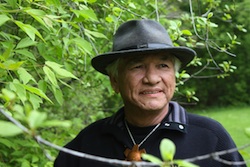
Indigenous Cultural Values Awareness Training
In conjunction with its Forest Certification Program, the EOMF offers training that builds awareness and appreciation for Indigenous cultural values and knowledge systems as they relate to forest management and governance.
Guided Forest Management Tours
The EOMF has a rich history of conducting guided tours to showcase sustainable forest management initiatives, catering to technical and professional audiences as well as visiting delegations from abroad. The tours highlight some of the many impressive and innovative sustainable forest management efforts undertaken by forest managers and private woodlot owners across eastern Ontario. Likewise, they highlight some of the challenges that we can learn from collectively.
Special Projects
The EOMF recently co-produced with Pinegrove Productions a documentary entitled ‘Trees, Youth, Our Future.’ This two-part documentary celebrates the stewardship of forests in eastern Ontario and beyond. Screenings of the documentary are underway with the help of the EOMF’s network of partners. The documentary serves as an example of a Special Project.
Learn more about this documentary and watch the videos.
Helpful Resource Material
The Model Forest is pleased to offer private and community forest owners, throughout Ontario, an affordable, efficient and supportive system to achieve forest certification.
In January 2003, the Model Forest received a Forest Stewardship Council® (FSC®) Group Forest Management Certificate (FSC® C018800). This certificate is managed by the Model Forest on behalf of private and community forest members. It allows for many forest owners to share in the benefits and costs of FSC® certification, under one umbrella.
The FSC® is an international, membership-based, non-profit organization that supports environmentally appropriate, socially beneficial, and economically viable management of the world's forests. The FSC® has developed a set of Standards, based on 10 core principles and criteria, that ensure sustainable forest management. Forest owners interested joining the Program must indicate their commitment to managing their forest within the FSC® Standards and the Model Forest Policies and Procedures.
Today, the Model Forest manages a successful and growing Forest Certification Program with the following forest types:
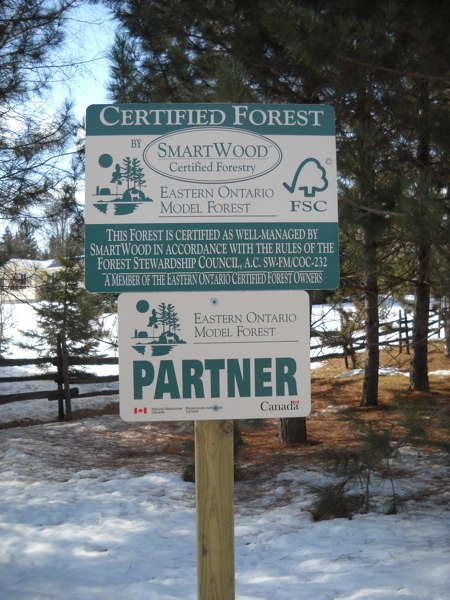
- Private forest owners;
- Community forests;
- Commercial forest owners;
- Independent resource managers; and
- Maple syrup producers.
Why Forest Certification
Since 2003, a diverse group of private and community forest owners have joined the Program (organizational chart and/or certification program map). Over this time, our members have shared why certification is important to them. Here is a sample of what we have heard:
- Provides a framework for forest owners to achieve sustainable forest management that is internationally recognized;
- Provides a supportive and cost-effective approach to achieving forest certification;
- Provides for a high level of public acceptance, through third party verification;
- Provides a credible tool to implement active management, while enhancing the environmental, social and economic benefits from the forest;
- Provides a framework for market ready carbon offset initiatives for community forests;
- Provides for meaningful and respectful Aboriginal engagement and cultural awareness opportunities;
- Protects forest ecosystems and helps fight climate change;
- Raises industry standards.
Your Pathway to Forest Certification
Steps to achieving forest certification for your private woodlot:
 Photo Credit: Rhonda Elliott
Photo Credit: Rhonda Elliott
- Obtain a copy of the Forest Certification Standards and Policies & Procedures Manual;
- Review the Checklist for private woodlot certification;
- Develop a forest management plan. The plan must be approved by either the Model Forest or a member of the Ontario Professional Foresters Association;
- Schedule a site visit with the Forest Certification Coordinator;
- Sign Memorandum of Understanding;
- The cost of private forest certification includes: a one-time site visit fee of $200 plus tax, an annual Program Fee of $75 and 4% on the total standing timber sale for commercial harvests;
- Participate in the annual audits .
Steps to achieving forest certification for Community Forests:
- Obtain a copy of the Forest Certification Standards and Policies & Procedures Manual;
- Review the Checklist for Community Forest Certification;
- Present opportunity of forest certification to your relevant decisionmakers;
- Schedule a site visit with the Forest Certification Coordinator;
- Model Forest will undertake a gap analysis. The gap analysis will compare your current forest management operations with FSC Standards;
- The Model Forest will work with the Community Forest to address any forest management gaps;
- Sign Memorandum of Understanding;
- The cost of forest certification for community forests includes a Gap Analysis Fee and a Program Fee. The Model forest will provide a quote for these fees at the request of interested parties;
- Coordinate and host annual visits with the Model Forest for internal auditing.
- Participate in the annual audits .
Looking forward to hearing from you!
To learn more about our forest Certification Program, please contact Jim Hendry, Forest Certification Coordinator at 613-258-8422 or This email address is being protected from spambots. You need JavaScript enabled to view it. .
For information on forest certification in Canada visit Certification Canada.
Forest Certification Program - FAQs
Helpful Resource Material
We respect the privacy of our members, partners and stakeholders. Our full privacy policy is available HERE.
Helpful Resource Material
From our first-hand experience with the large-scale ice storm that struck in 1998, to our more recent involvement in helping partners respond to the arrival of the Asian long-horned beetle in the City of Toronto, we realize that the threats to forest health are very real and the consequences potentially devastating for communities.
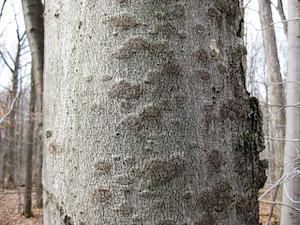 The EOMF has spearheaded the Forest Health Network (FHN), a network of some 20 organizations and agencies spanning eastern Ontario, western Quebec and northern New York State – rallying partners in a coordinated and collaborative response to forest threats of various kinds.
The EOMF has spearheaded the Forest Health Network (FHN), a network of some 20 organizations and agencies spanning eastern Ontario, western Quebec and northern New York State – rallying partners in a coordinated and collaborative response to forest threats of various kinds.
In support of the FHN, the EOMF is involved in:
- hosting meetings,
- acting as a central repository for the distribution of relevant materials to partners,
- helping to coordinate training for forest practitioners, and
- playing a key role in coordinating the development and delivery of communications and outreach products and activities directed at woodlot owners as well as urban and rural residents.
Working closely with scientists and experts from both Federal and provincial governments in delivering forest health-related messages to forest industry, rural landowners and urban dwellers also forms an important function of the FHN.
Members of the Forest Health Network
- Agence regionale de mise en valeur des privees outaouaises
- Agriculture and Agri
- Food Canada (Arboretum)
- Canada Food Inspection Agency
- Canadian Forest Service
- City of Cornwall
- City of Gatineau
- City of Ottawa
- Raisin Region Conservation Authority
- South Nation Conservation
- Rideau Valley Conservation
- Mississippi Valley Conservation
- Cataraqui Region Conservation
- Cornell University, NY
- County of Renfrew
- Ministry of Natural Resources & Forestry
- National Capital Commission
- Mohawk Council of Akwesasne
- Ontario Invasive Plant Council
- Ontario Parks
- St Lawrence County, NY
- St. Lawrence Islands National Park
- Town of Carleton Place
- Tree Canada United
- Counties of Leeds & Grenville
Working on Slowing the Spread of the Emerald Ash Borer
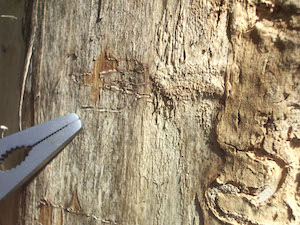
A particular focus for the Forest Health Network has been the slowing of the spread of the emerald ash borer (EAB) across eastern Ontario. The FHN is playing a critical role in bringing partners together to coalesce around one set of consistent messages about EAB. Past experience in other jurisdictions has shown that, in the absence of a facilitating or coordinating vehicle such as the FHN, organizations and agencies have struggled to provide consistent messaging to landowners and the public – an inevitable recipe for failure. The FHN, with EOMF playing a facilitative role, is providing a vital coordinating function – one that is ensuring strategic responses to threats to forest health, and also building capacity within local communities to respond effectively to such threats.
For more information on the Emerald Ash Borer download landowner extensions note and/or to view the EAB videos.
Helpful Resource Material
FHN Highlights
Helpful Resource Material
Volunteer
The EOMF is supported by a dedicated and enthusiastic cast of volunteers. Volunteers form the backbone of many of our events and programs, and play a vital role in making them both possible and successful. Here are some ways in which you can lend a hand as a volunteer:
- Help to organize one of our community outreach events (e.g., Winter Woodlot Conference)
- Become a Board member
- Help to staff our exhibit at trade shows and community events (on hold due to Covid) 19)
- Serve as photographer at one of our events
If you’d like to volunteer with the EOMF, please email us at This email address is being protected from spambots. You need JavaScript enabled to view it. We welcome everyone! High school students can earn volunteer hour credits with us as well – a great opportunity to learn about our forests and the world of NGOs.
CONTACT INFORMATION:
e-mail us atThis email address is being protected from spambots. You need JavaScript enabled to view it.
or call 613-713-1525
Address:
10 Campus Drive, Unit #3
Kemptville, ON
K0G 1J0
Gypsy (Ldd) Moth Webinar Recording and Survey - June 10, 2021
Thank you for participating in the recent Gypsy (Ldd) Moth Status Webinar! We are pleased to provide access to a recording of the webinar through the Eastern Ontario Model Forest (EOMF) and Ontario Woodlot Association (OWA) websites (Click on the ZOOM Icon below to go to the recording) Please note: You…
The Future of the EOMF
Hello everybody, Today I would like to provide you some important information about the future of the Eastern Ontario Model Forest. Some background. We are saying goodbye to our two wonderful staff people; Jim Hendry, in charge of our forest certification program and Astrid Nielsen, our General Manager. Both…
Cultural Values in your woodlot
This presentation discusses cultural values in your woodlot.
Trees, Youth, Our Future - A Two Part Documentary
Written by Super UserTrees, Youth, Our Future - A Two Part Documentary
Trees, Youth, Our Future is a two-part series that tells the story of forest stewardship in Ontario and encourages the next generation of leaders to embrace it.
“Forest stewardship is one of Ontario’s key economic drivers and provides jobs, recreation and healthy lifestyles for the people who live here,” explains Astrid Nielsen, General Manager. “Our aim with this series is to showcase the excellent stewardship work that is being done for our forests today and to inspire youth to continue that legacy so that we have sustainable forests for the future.”
Promotional Clip
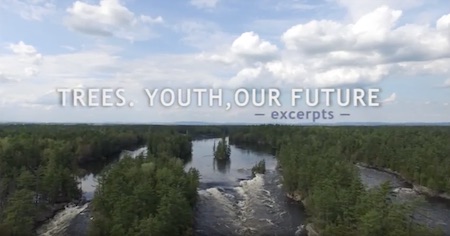
Watch a 12-minute summary clip of the video
Episode 1 - The Road to Sustainability
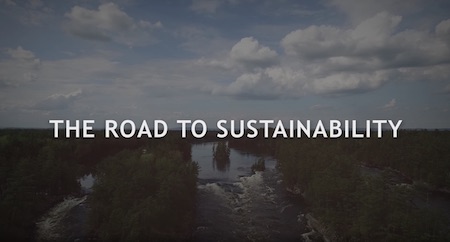
Watch The Road to Sustainability.
The first episode, “The Road to Sustainability,” explores the history of our relationship with the forests – from being home to Indigenous peoples to being an obstacle to settlement for Europeans. It looks at the evolution from exploitation to stewardship, culminating in Ontario becoming a leader in sustainable forest management.
Video Sections
Introduction
Settlers & Square Timber, 1800 to 1850
Sawmills & Pulp, 1850-1900
Creation of Forest Reserves, 1890s
Deforestation and Reclamation: 1900-1939
War and the Golden Age of Forestry: 1939-1970
Social Change and Impact on Forestry 1960s to 1990s
Rise of the New Forestry: 1970s to 1990s
CFSA: Forestry in a Global Context: 1900s to present
CreditsEpisode 2 - New Forests, New Stewards, A Road Forward

Watch New Forests, New Stewards, A Road Forward.
The second episode, “New Forests, New Stewards, A Road Forward,” delves deeper into sustainable forest management on Crown and private lands and in urban forests, while highlighting challenges faced by Ontario’s forests and opportunities for youth to get involved.
Video Sections
Introduction
CFSA: forest Management on Crown Lands
Management of Community Forests
Forest Stewardship on Private Lands
Urban Forestry
Forestry in the 21st Century
A New Generation of Stewards
CreditsEOMF is the executive producer of the series, which was produced by Pinegrove Productions. It was funded largely through an ON150 grant with additional support from a dozen stakeholder partners.
“At Pinegrove Productions we pride ourselves on working collaboratively with partners to produce videos that matter,” explains Franziska von Rosen, director. “We strive to inform and inspire audiences with our work, and we believe this series accomplishes that goal.”
The series has garnered excellent reviews from numerous stakeholders in the field, including forestry educators at Algonquin College, landowners, foresters with the Ministry of Natural Resources and Forestry, and Gordon Miller, the former Environmental Commissioner of Ontario, who calls it a “masterful job” that is “shaping up to be a seminal work.”
"You have done a great job in telling the story of Ontario’s forests over time and the importance of them to societies both local and at large in Ontario," adds Ken Armson, former Provincial Forester for Ontario.
"I think that these videos gave me lots of information and were put together very well,” adds a 15-year-old male viewer. “I definitely have a better understanding about the forestry industry than I did before. All in all they were great videos that had my attention the entire time."
Community Forests
Return to Forest Certification
| Forest | Forest Manager | Website Link |
|---|---|---|
| Bruce County | Andrew Beumer | Bruce County |
| Canadore College Campus Forest | Jesse Russell | - |
| Grey County | Dave Wiley | Grey County |
| Halton Region | Candace Karandiuk | Halton Region |
| Lanark County | Brian Anderson | Lanark County |
| Larose Forest Prescott & Russell Counties | Nicolas Gauthier | Larose Forest |
| Limerick Forest Leeds & Grenville Counties | Geoff McVey | Limerick Forest |
| Long Point Region Conservation | Debbie Thain | Long Point Region Conservation |
| City of Mississauga | Ross Lucas | Woodland Management | City of Mississauga |
| Northumberland County | Todd Farrell | Northumberland County Forest |
| Town of Oakville | Curtis Marcoux | Town of Oakville |
| Quinte Conservation | Tim Trustham | Quinte Conservation |
| Renfrew County | Lacey Rose | Renfrew County |
| South Nation Conservation | Pat Piitz | South Nation Conservation |
| Stormont, Dundas & Glengarry Counties | Phil Duncan | SDG Forest |
Return to Forest Certification
What is a carbon offset?
A carbon offset is a credit for greenhouse gas reductions achieved by one party that can be purchased and used to compensate (offset) the emissions of another party.
Why?
Faced with challenging timber markets and a public demand for climate solutions, forest managers across North America are generating new revenue streams from forest carbon sequestration projects on their lands. The Community Forest Carbon Offset Program provides an opportunity for FSC® certified community forests to financially benefit from the sale of carbon stored in their forests.
Aside from helping to combat climate change, the development of carbon offsets will also contribute to a host of other ecosystem benefits such as clean drinking water, health wildlife habitats and recreational opportunities. These benefits will be realized while maintaining a vibrant forest economy.
Types of Carbon Markets
Voluntary
The voluntary carbon market is administered by non-profit registries such as the American Carbon Registry (ACR) and Verified Carbon Standard (VCS). Voluntary market projects offer shorter time commitments and more flexible requirements such as:
- No pre-set limits on even-age management, fertilization or age distribution;
- FSC certification often satisfies all forest management requirements;
- Ability to earn-back and sell buffer credits if no reversals occur;
- Buffer and buyout insurance options;
- Baselines determined by common practices, not common stocks; and
- Provisions for partial withdrawal of acreage from project.
Compliance
Compliance carbon markets generating demand for forest carbon offsets are in California and Quebec. This market has been the focus of most forest carbon projects to date because it offers the highest carbon pricing and dependable demand, driven by the compliance needs of large carbon emitters in California and Quebec. Compliance projects have significant eligibility requirements and management restrictions (e.g. clear-cut limits, no broadcast fertilization, diverse native species). Forest owners are required to commit to monitoring, reporting and verifying carbon stocks for 100 years following credit sales, and compensating for any loss of carbon due to management actions. Ontario currently does not have a compliance carbon market.
What are Improved Forest Management Projects?
Improved Forest Management (IFM) projects reward forest owners for committing to sequester more CO2 than they otherwise could by maintaining sustainable forest management practices over the long term. It allows for sustainable harvesting of wood products. Forests that can demonstrate that carbon stocking in their forests is greater than the regional average are likely to be eligible to participate in the Program. The revenues from the forest carbon would compensate forest owners for making such long-term commitments. This project type offers the greatest benefit to Community Forests.
Partnership with Bluesource Canada
 The Model Forest has partnered with Bluesource Canada, a leading developer of forest carbon and other Greenhouse Gas (GHG) offsets to generate carbon offsets for community.
The Model Forest has partnered with Bluesource Canada, a leading developer of forest carbon and other Greenhouse Gas (GHG) offsets to generate carbon offsets for community.
Bluesource Canada, the oldest and largest carbon project developer in North America, has the forestry and market expertise to help evaluate options for the forest owner across carbon markets and project types.
What does the partnership offer?
- Free initial assessment of project opportunity;
- Ongoing support in the evaluation of the opportunity;
- If you choose to proceed with an IFM project, Bluesource will undertake and finance all the work to generate the offsets and monetize them for you in the market;
- The Model Forest will work with Bluesource to reduce the burden of undertaking such projects by:
- Coordinating the data capture and, where possible, use data already at its disposal;
- Coordinate the inventory development and 3rd party verification for many opportunities within the EOMF network to reduce the cost to any individual project;
- To the extent possible, coordinate the on-site work for the IFM project with FSC® audits to reduce the burden on land owners; and
- Providing its members with a commercial framework for the development and monetization of the offsets.
Understanding Your Options
To understand whether the opportunity is right for your Community Forest, we can perform an initial assessment of project eligibility and potential economic value. This assessment will provide you with an understanding of the trade-off between potential revenues and long-term commitments that can facilitate a decision on whether to pursue the opportunity.
To learn more about the opportunity please feel free to contact us.
Frequently Asked Questions
How do carbon offset credits work?
It's a concentrated effort to produce less waste and use more renewable energy. After reduction has reached its limit, or its comfortable threshold, carbon offsets can make up for the rest. Carbon offsets are a form of trade. When you buy an offset, you fund projects that reduce greenhouse gas (GHG) emissions.
How many trees are needed to offset carbon?
A tree can absorb as much as 48 pounds of carbon dioxide per year and can sequester 1 ton of carbon dioxide by the time it reaches 40 years old. That's about 22 kg / yr or 455 kg / lifetime for the Imperial-challenged.
More...
From our first-hand experience with the large-scale ice storm that struck in 1998, to our more recent involvement in helping partners respond to the arrival of the Asian long-horned beetle in the City of Toronto, we realize that the threats to forest health are very real and the consequences potentially devastating for communities.
 The EOMF has spearheaded the Forest Health Network (FHN), a network of some 20 organizations and agencies spanning eastern Ontario, western Quebec and northern New York State – rallying partners in a coordinated and collaborative response to forest threats of various kinds.
The EOMF has spearheaded the Forest Health Network (FHN), a network of some 20 organizations and agencies spanning eastern Ontario, western Quebec and northern New York State – rallying partners in a coordinated and collaborative response to forest threats of various kinds.
In support of the FHN, the EOMF is involved in:
- hosting meetings,
- acting as a central repository for the distribution of relevant materials to partners,
- helping to coordinate training for forest practitioners, and
- playing a key role in coordinating the development and delivery of communications and outreach products and activities directed at woodlot owners as well as urban and rural residents.
Working closely with scientists and experts from both Federal and provincial governments in delivering forest health-related messages to forest industry, rural landowners and urban dwellers also forms an important function of the FHN.
Members of the Forest Health Network
- Agence regionale de mise en valeur des privees outaouaises
- Agriculture and Agri
- Food Canada (Arboretum)
- Canada Food Inspection Agency
- Canadian Forest Service
- City of Cornwall
- City of Gatineau
- City of Ottawa
- Raisin Region Conservation Authority
- South Nation Conservation
- Rideau Valley Conservation
- Mississippi Valley Conservation
- Cataraqui Region Conservation
- Cornell University, NY
- County of Renfrew
- Ministry of Natural Resources & Forestry
- National Capital Commission
- Mohawk Council of Akwesasne
- Ontario Invasive Plant Council
- Ontario Parks
- St Lawrence County, NY
- St. Lawrence Islands National Park
- Town of Carleton Place
- Tree Canada United
- Counties of Leeds & Grenville
Working on Slowing the Spread of the Emerald Ash Borer

A particular focus for the Forest Health Network has been the slowing of the spread of the emerald ash borer (EAB) across eastern Ontario. The FHN is playing a critical role in bringing partners together to coalesce around one set of consistent messages about EAB. Past experience in other jurisdictions has shown that, in the absence of a facilitating or coordinating vehicle such as the FHN, organizations and agencies have struggled to provide consistent messaging to landowners and the public – an inevitable recipe for failure. The FHN, with EOMF playing a facilitative role, is providing a vital coordinating function – one that is ensuring strategic responses to threats to forest health, and also building capacity within local communities to respond effectively to such threats.
FHN Highlights
Helpful Resource Material
The Model Forest is pleased to offer private and community forest owners, throughout Ontario, an affordable, efficient and supportive system to achieve forest certification.
In January 2003, the Model Forest received a Forest Stewardship Council® (FSC®) Group Forest Management Certificate (FSC® C018800). In February 2024, the Model Forest expanded their Certification Program and achieved Sustainable Forestry Initiative® (SFI®) (SFI-02042) certification. Both certificates are managed by the Model Forest on behalf of private and community forest members. It allows for many forest owners to share in the benefits and costs of certification, under one umbrella.
FSC is an international, membership-based, non-profit organization that supports environmentally appropriate, socially beneficial, and economically viable management of the world's forests. FSC has developed a set of Standards, based on 10 core principles and criteria, that ensure sustainable forest management.
SFI is an international, non-profit organization that believes that sustainable forests are critical to our collective future. SFI enacts forest conservation through collaboration in standards, conservation, community, and education with an emphasis on practical solutions demonstrated by progress on the ground.
Forest owners interested in joining the Program must indicate their commitment to managing their forest to one or both of the Certification Standards and the Model Forest Policies and Procedures.
Today, the Model Forest manages a successful and growing Forest Certification Program with the following forest types:

- Private forest owners;
- Community forests;
- Commercial forest owners; and
- Maple syrup producers.
Why Forest Certification
Since 2003, a diverse group of private and community forest owners have joined the Program. Over this time, our members have shared why certification is important to them. Here is a sample of what we have heard:
- Provides a framework for forest owners to achieve sustainable forest management that is internationally recognized;
- Provides a supportive and cost-effective approach to achieving forest certification;
- Provides for a high level of public acceptance, through third party verification;
- Provides a credible tool to implement active management, while enhancing the environmental, social and economic benefits from the forest;
- Provides a framework for market ready carbon offset initiatives for community forests;
- Provides for meaningful and respectful Aboriginal engagement and cultural awareness opportunities;
- Protects forest ecosystems and helps fight climate change;
- Raises industry standards.
Your Pathway to Forest Certification
Steps to achieving forest certification for:
 Community and Commercial Forests
Community and Commercial Forests Private Woodlot Owners
Private Woodlot Owners- FSC Certified Maple Products
Information on Forest Management
For information on how FSC-certified private woodlot owners in our program are managing their forests, including management planning documents and the protection of high conservation values, please contact the Program Coordinator (contact information below).
To access this information for Community Forests in our program or to learn about engagement opportunities in forest management planning, please contact the Community Forest directly.
Environmental and Social Risk Assessments for chemical pesticides used withing the group can be found here.
Looking forward to hearing from you!
To learn more about our forest Certification Program, please contact Glen Prevost, Program Coordinator at 705-358-7913 or This email address is being protected from spambots. You need JavaScript enabled to view it..
For information on forest certification in Canada visit Certification Canada.
Forest Certification Program - FAQs
We respect the privacy of our members, partners and stakeholders. Our full privacy policy is available HERE.
Program Resources
The EOMF is dedicated to fostering education and awareness relative to sustainable forest management (SFM). In many ways this work forms the very foundation of the organization. Together with its extensive network of partners, the EOMF is able to effectively reach a diverse array of audiences, from forestry practitioners and private woodlot landowners, to students, policy makers, and the public at large. Current education and awareness initiatives of the EOMF include the following:
Kemptville Winter Woodlot Conference
Now in its third decade, this partnership-based event addresses topical issues affecting the forests of eastern Ontario. The conference has become an important educational and networking event for private woodlot owners, farmers, rural landowners and community forest owners.
December Forest Seminar
Hosted jointly with the Ottawa Valley Section of the Canadian Institute of Forestry, this annual seminar explores some of the many challenges and opportunities that forestry professionals and communities need to navigate in implementing sustainable forest management.

Indigenous Cultural Values Awareness Training
In conjunction with its Forest Certification Program, the EOMF offers training that builds awareness and appreciation for Indigenous cultural values and knowledge systems as they relate to forest management and governance.
Guided Forest Management Tours
The EOMF has a rich history of conducting guided tours to showcase sustainable forest management initiatives, catering to technical and professional audiences as well as visiting delegations from abroad. The tours highlight some of the many impressive and innovative sustainable forest management efforts undertaken by forest managers and private woodlot owners across eastern Ontario. Likewise, they highlight some of the challenges that we can learn from collectively.
Special Projects
The EOMF recently co-produced with Pinegrove Productions a documentary entitled ‘Trees, Youth, Our Future.’ This two-part documentary celebrates the stewardship of forests in eastern Ontario and beyond. Screenings of the documentary are underway with the help of the EOMF’s network of partners. The documentary serves as an example of a Special Project.
Learn more about this documentary and watch the videos.
Helpful Resource Material
Contribute to the EOMF’s mission to help the landscape provide balanced environmental, economic, social and cultural benefits. Consider getting involved with the EOMF by making a donation, becoming a member or corporate sponsor, or volunteering your time.
This would be the banner over the many different squares or sections of contribution below
Corporate Sponsorship
This category enables the forest-based industry that we work to serve, and other companies interested in raising their corporate social and environmental responsibility profile, to contribute to EOMF’s ongoing sustainability. It’s also where NGO’s and government agencies can donate.
Several sponsorship levels are available and charitable receipts are provided. If interested, please contact the EOMF for further information on how your organization can contribute.
Please see our existing sponsors below.
[Insert logos/names of the existing sponsors, starting with highest level moving to the lowest.]
Living Legacy
This fund honours recently departed friends of the EOMF by enabling others to make a charitable donation in their name to support our ongoing mission and work.
[Insert donation form]
Make a Donation
With your charitable one time or recurring donation to the EOMF you will be helping to sustain and ensure the health of forest ecosystems in eastern Ontario and beyond! Your donation will support community events, research, and forming a network of forest owners, managers, and users providing social, cultural, environmental and economic benefits.
[Insert donation form] [show photo of community event at a maple syrup producer]

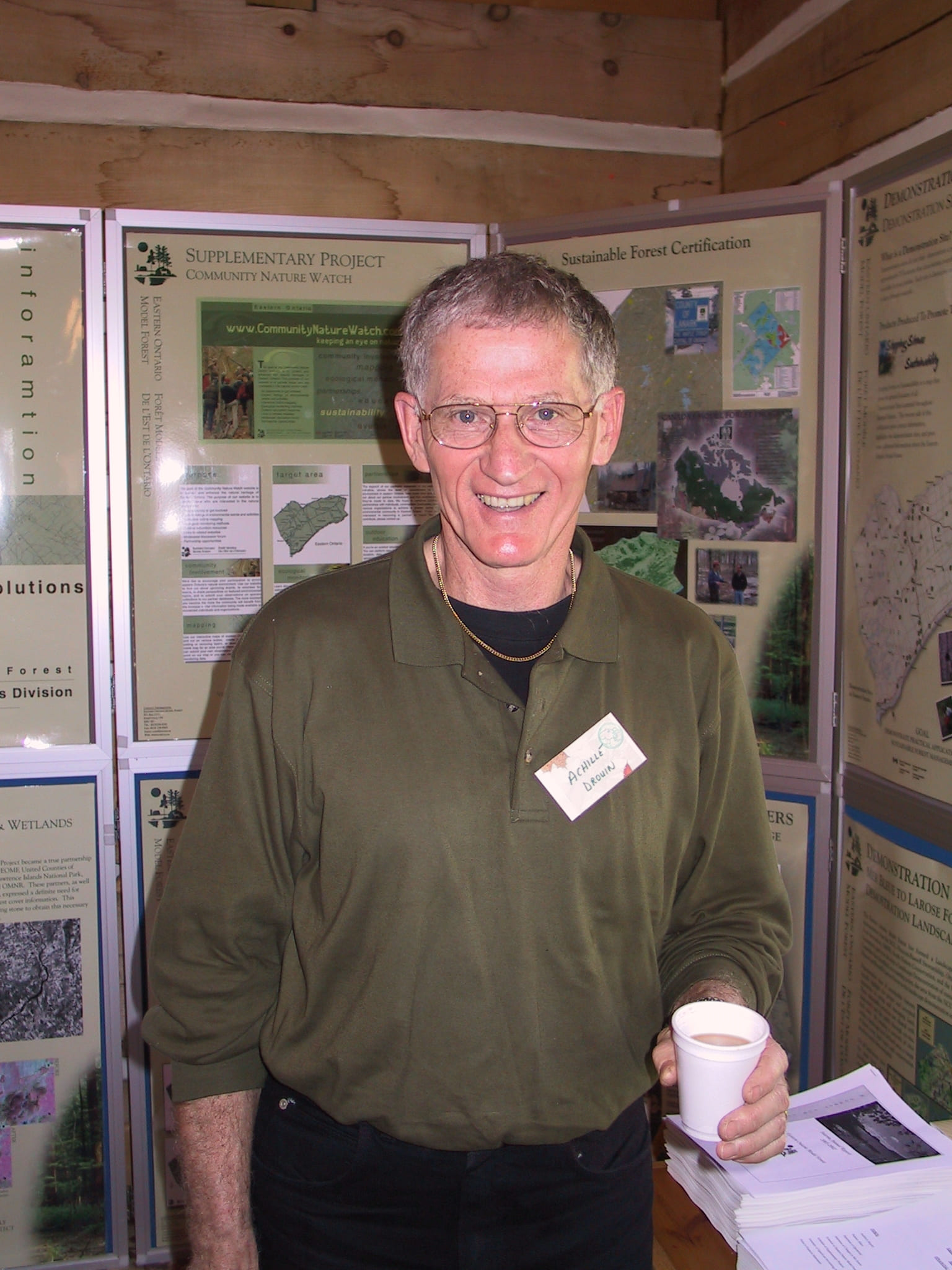
.jpg)
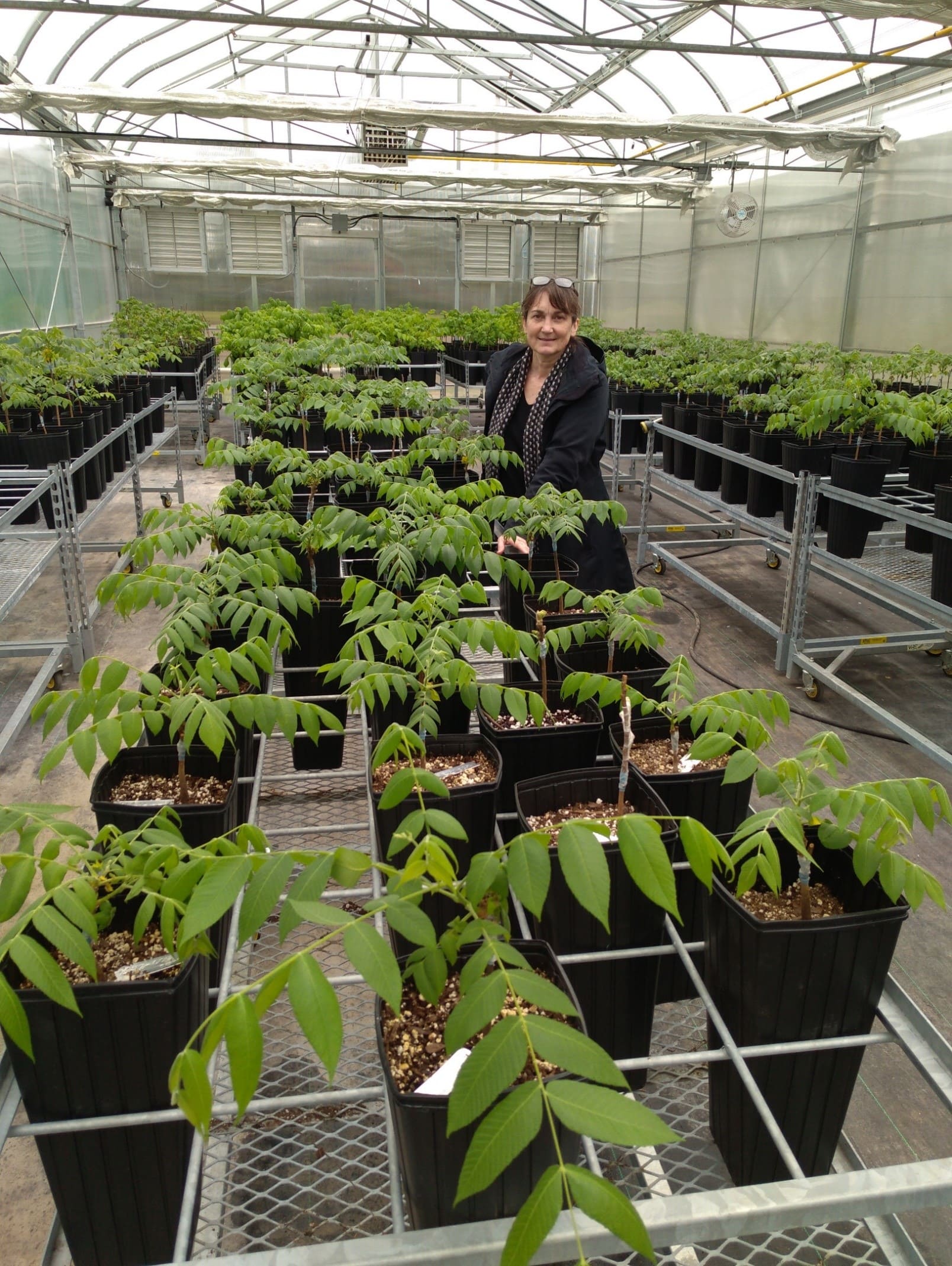
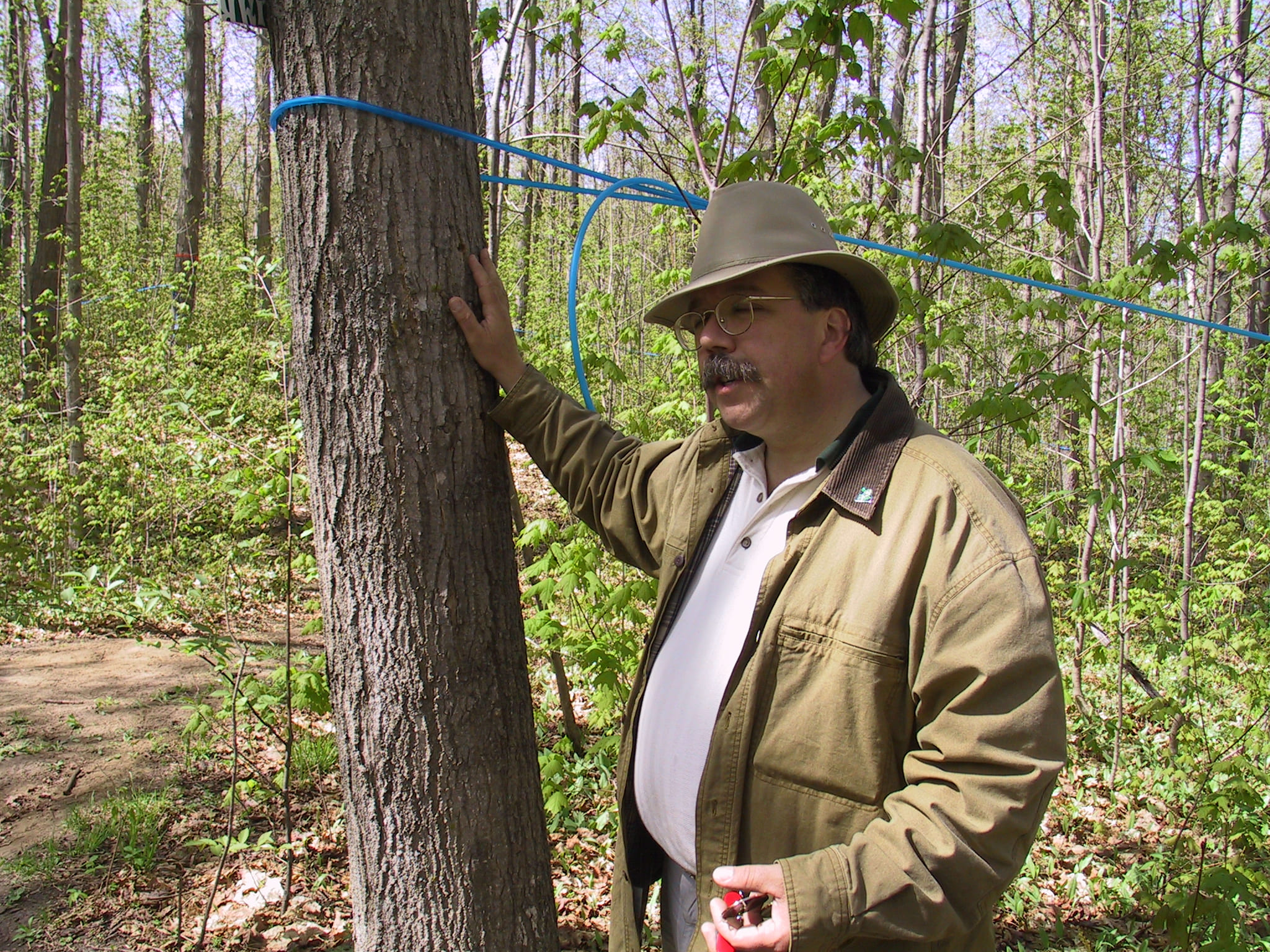
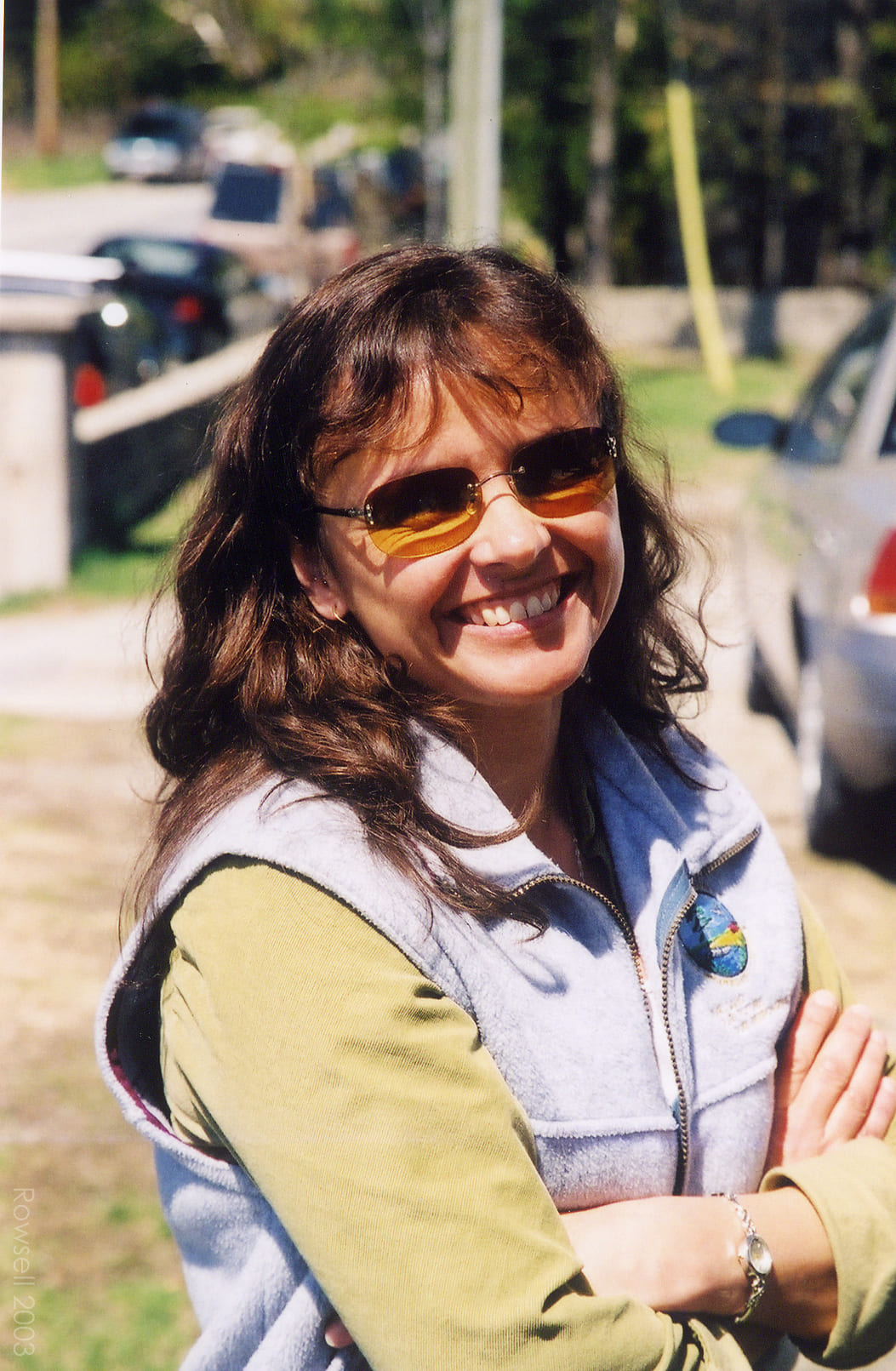
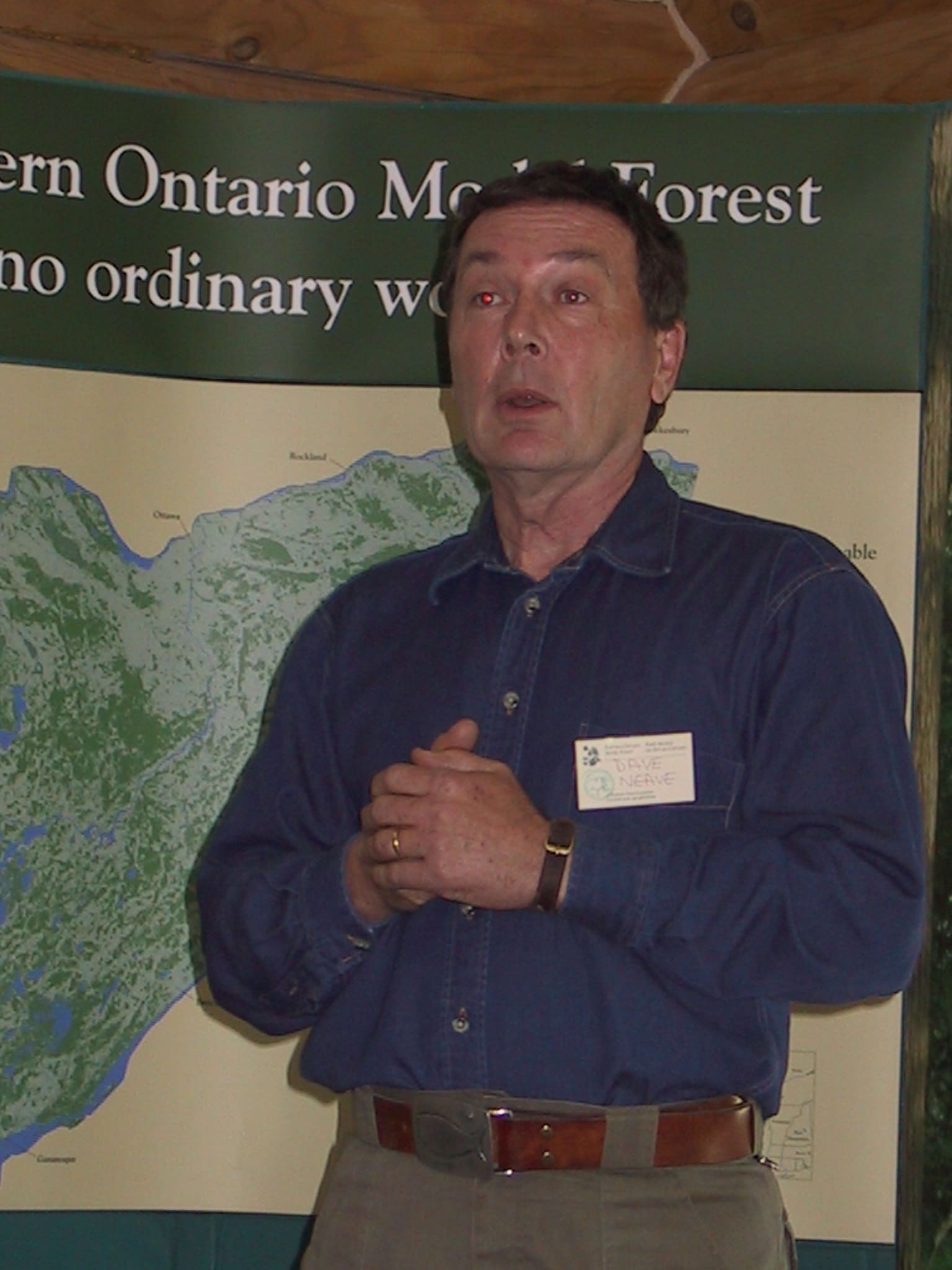

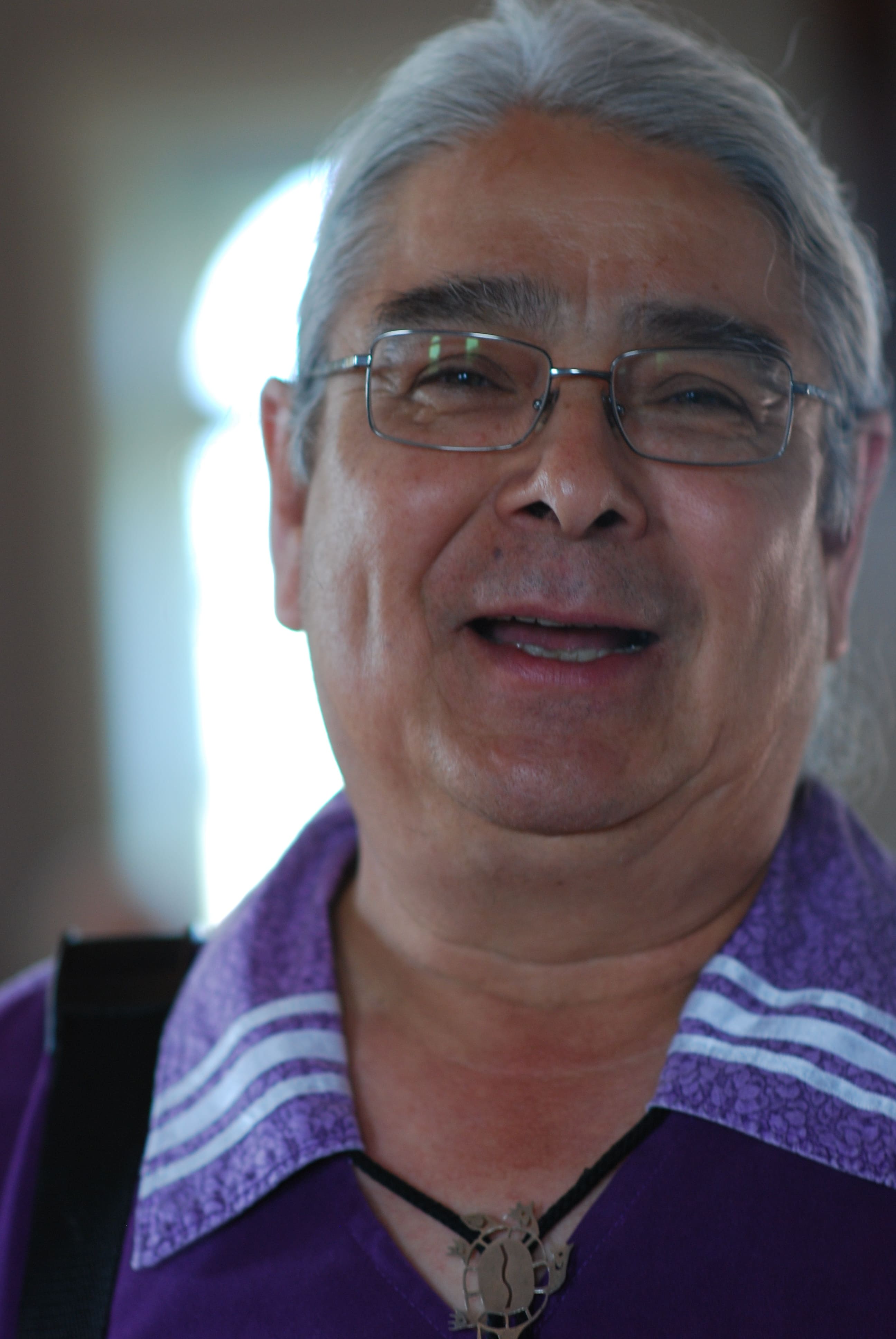
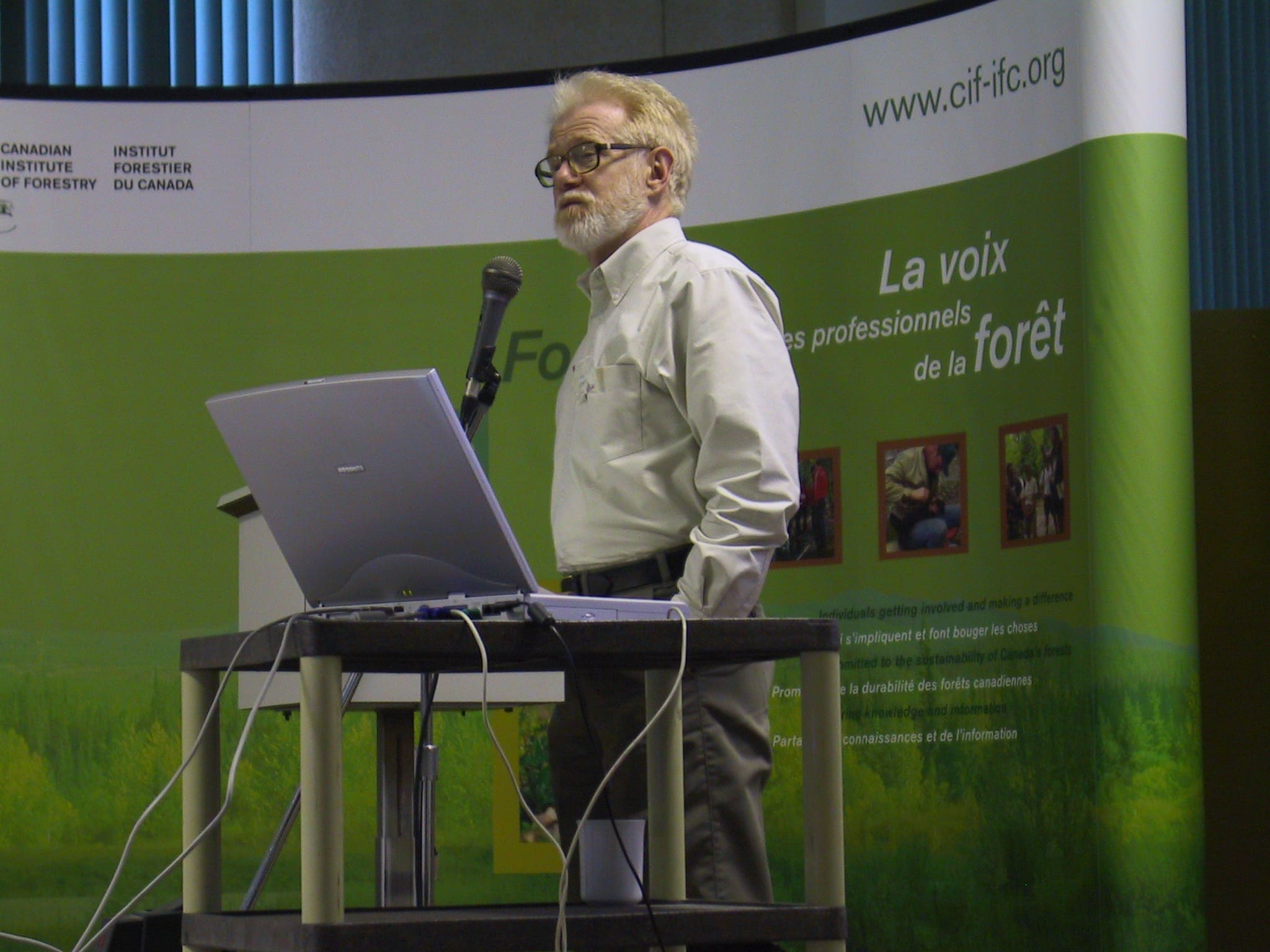
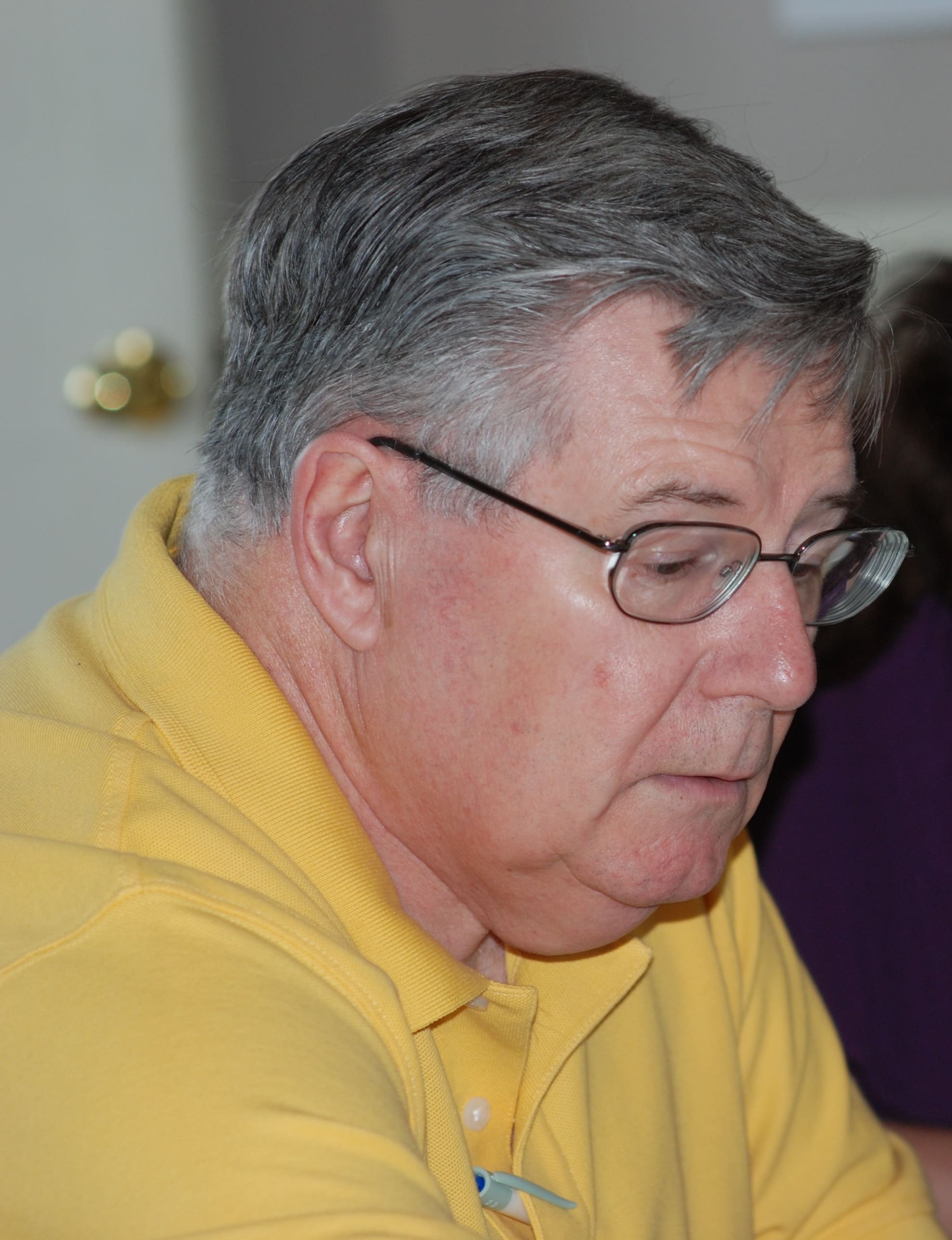
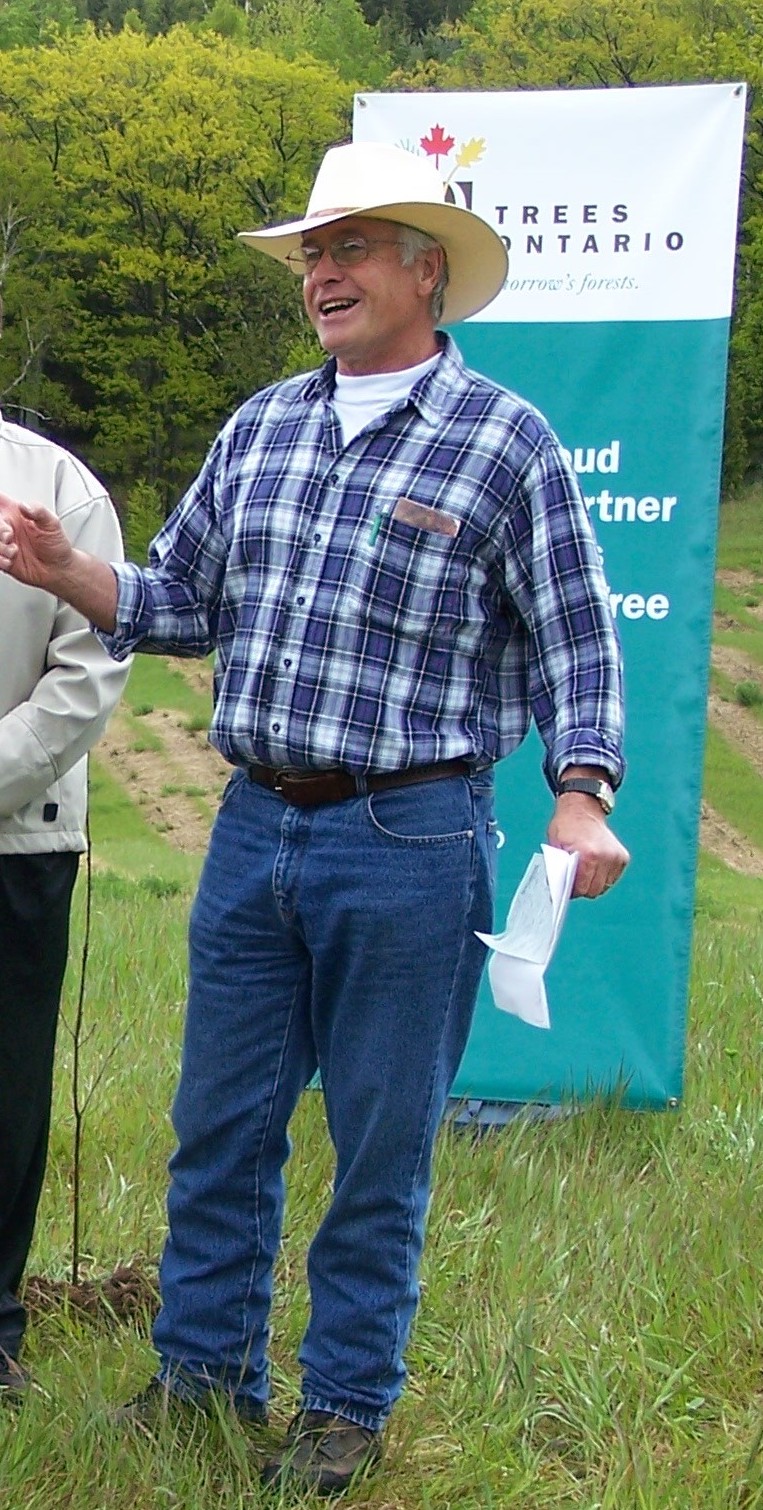
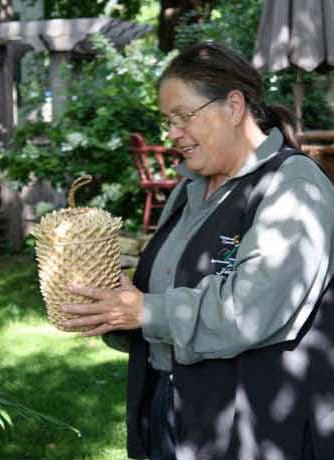

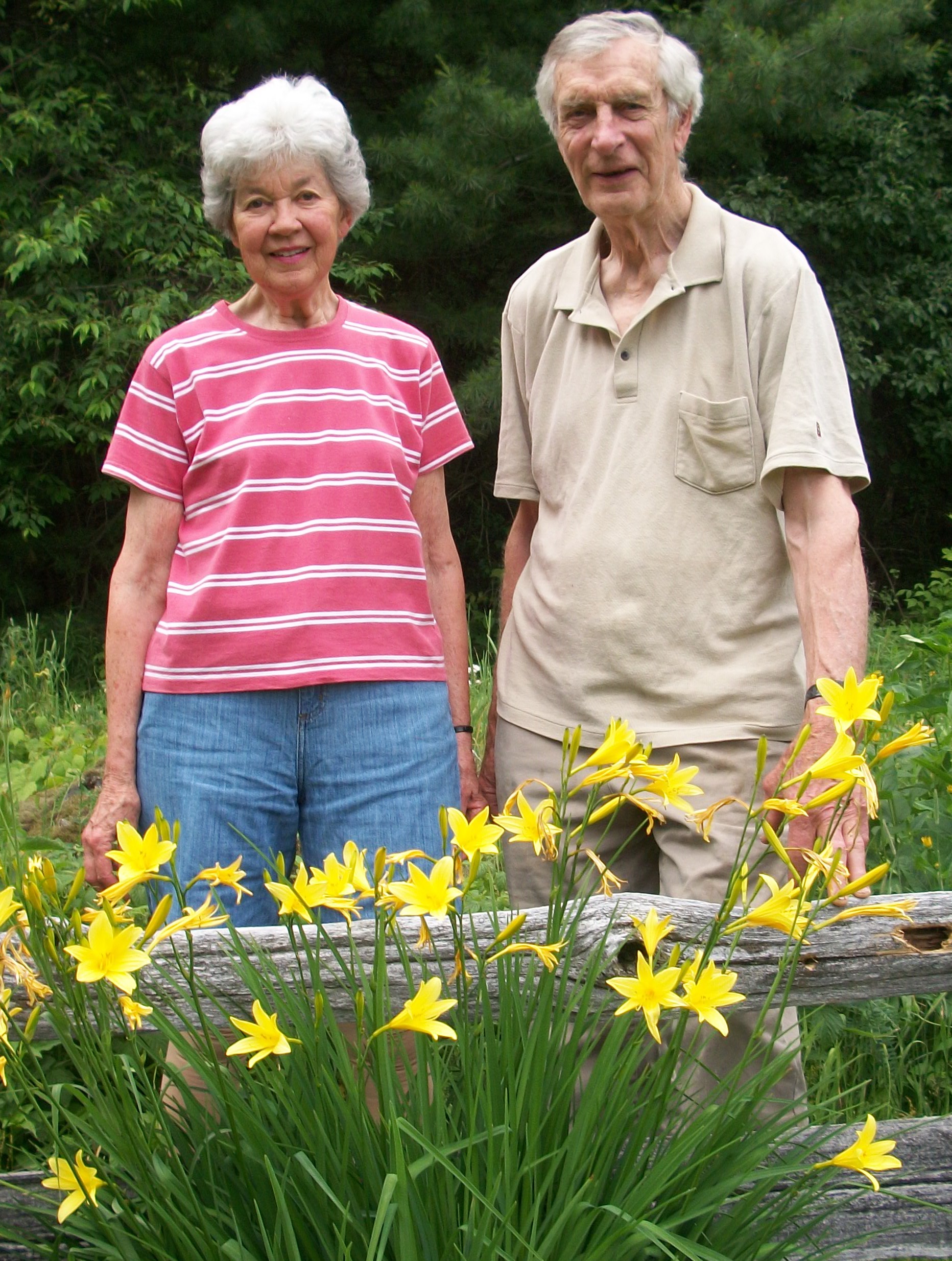
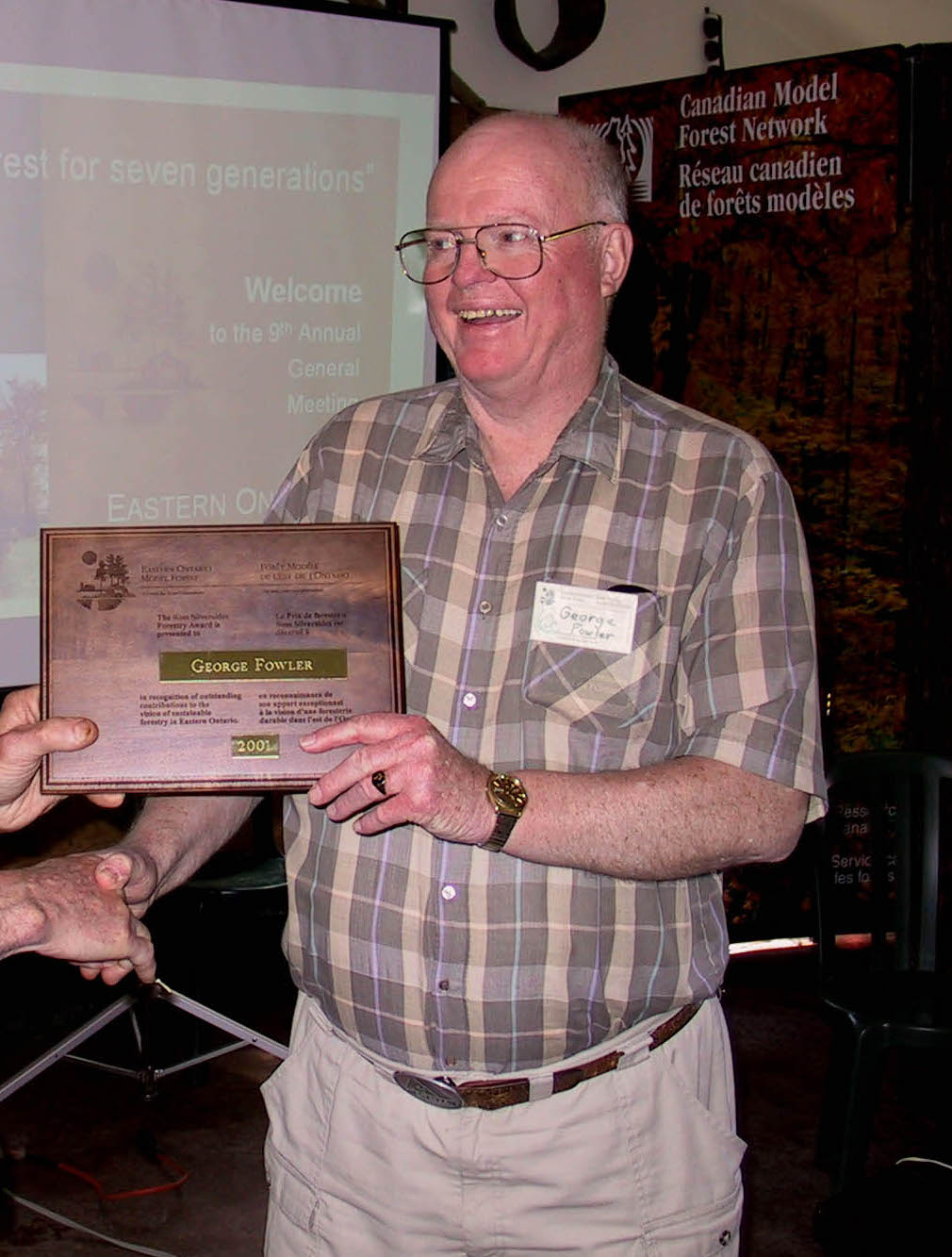
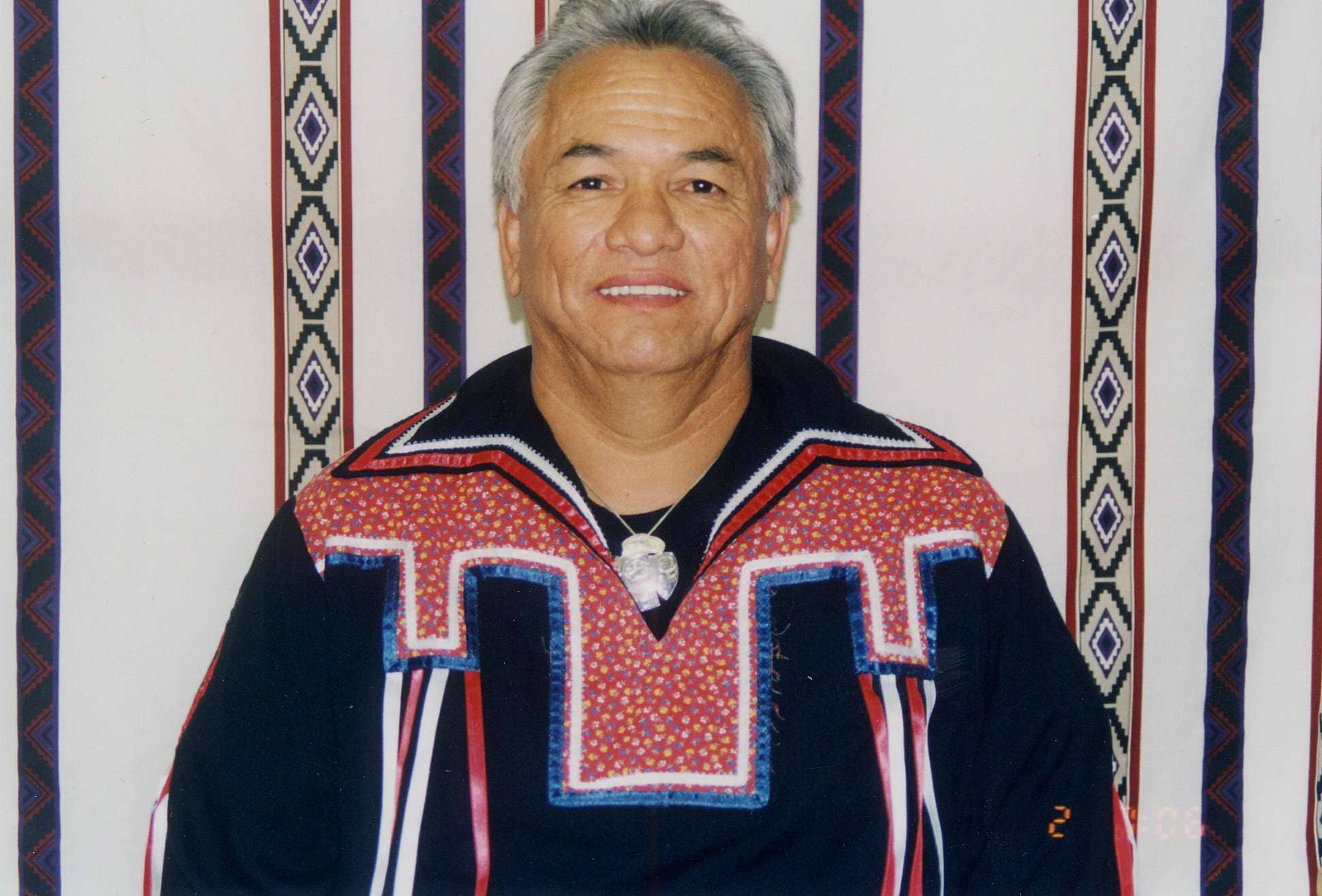
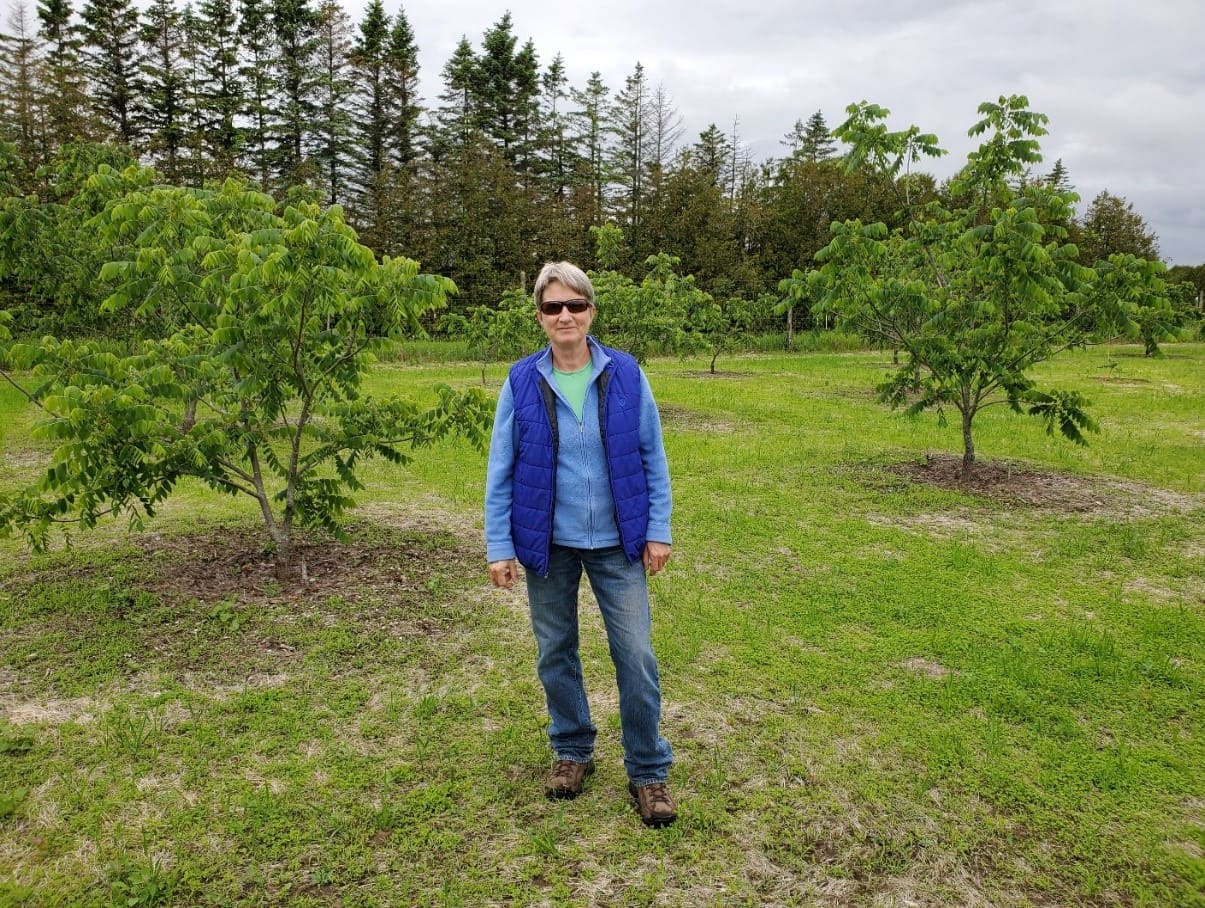
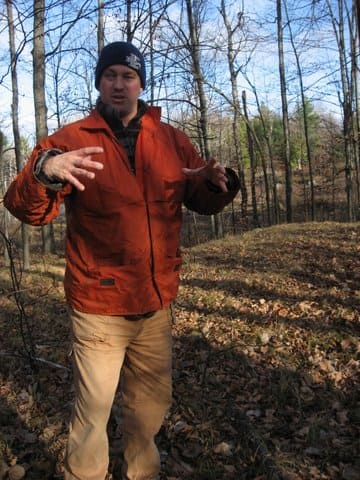
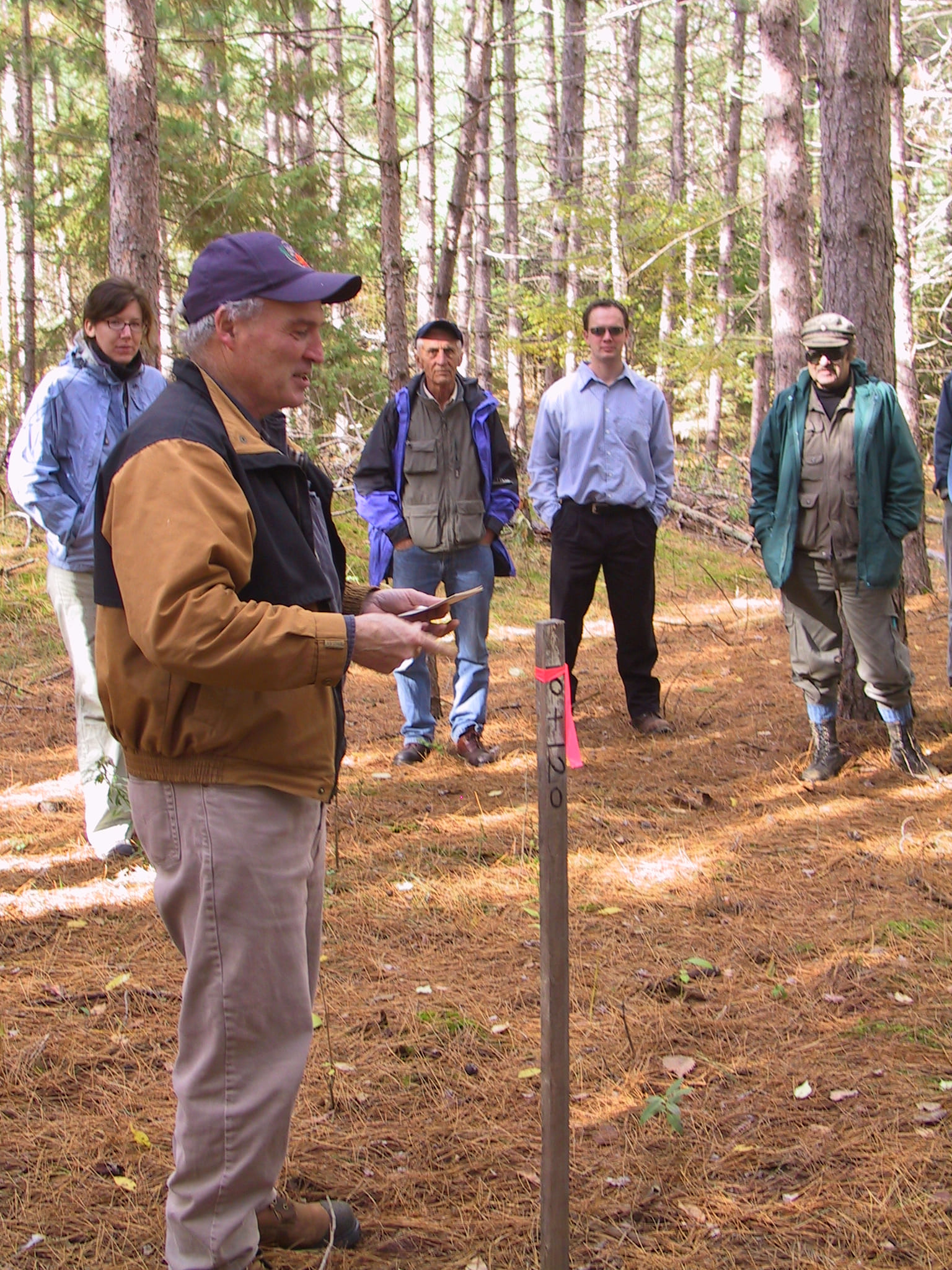

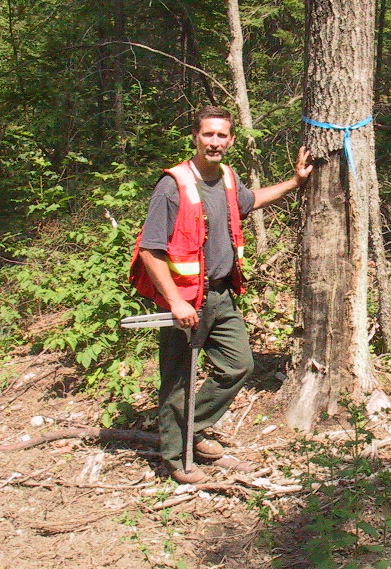
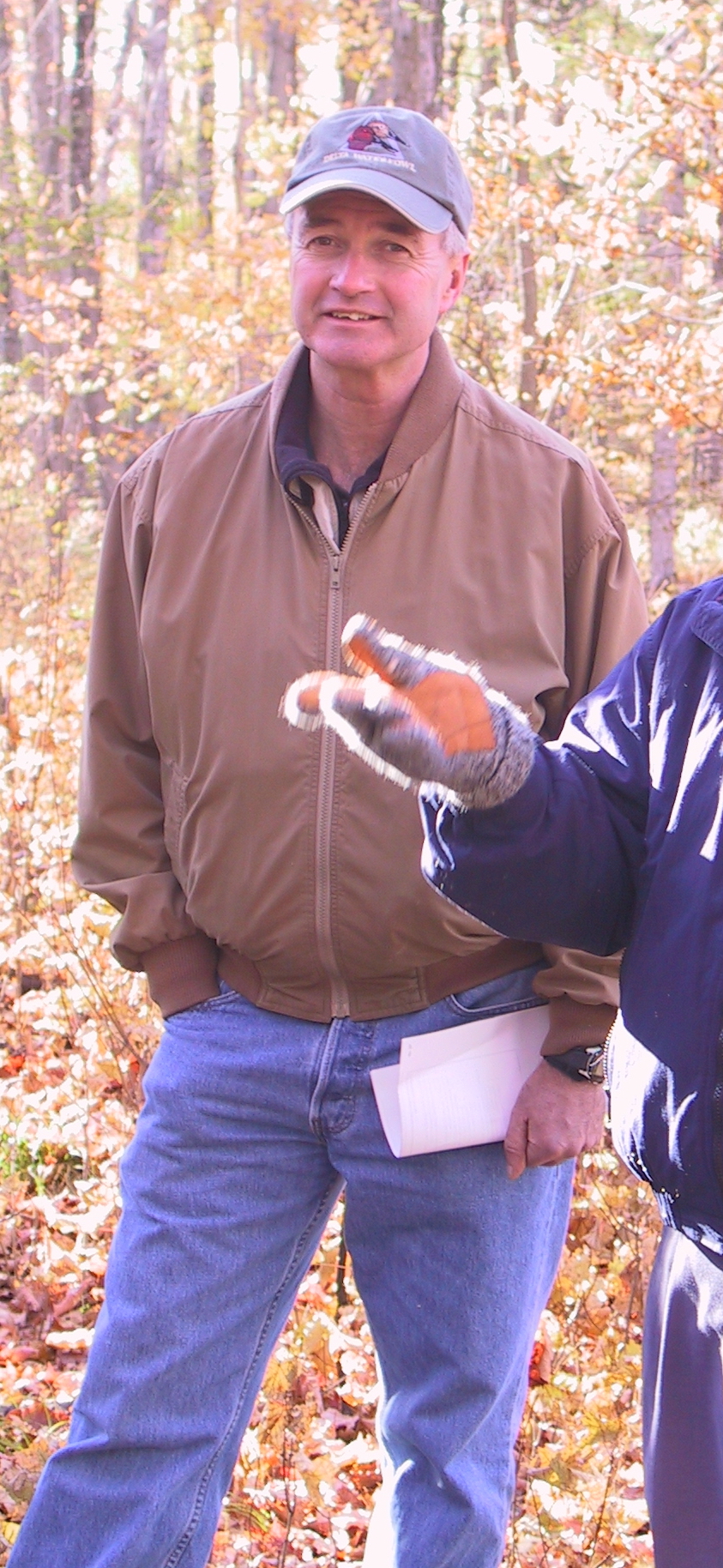
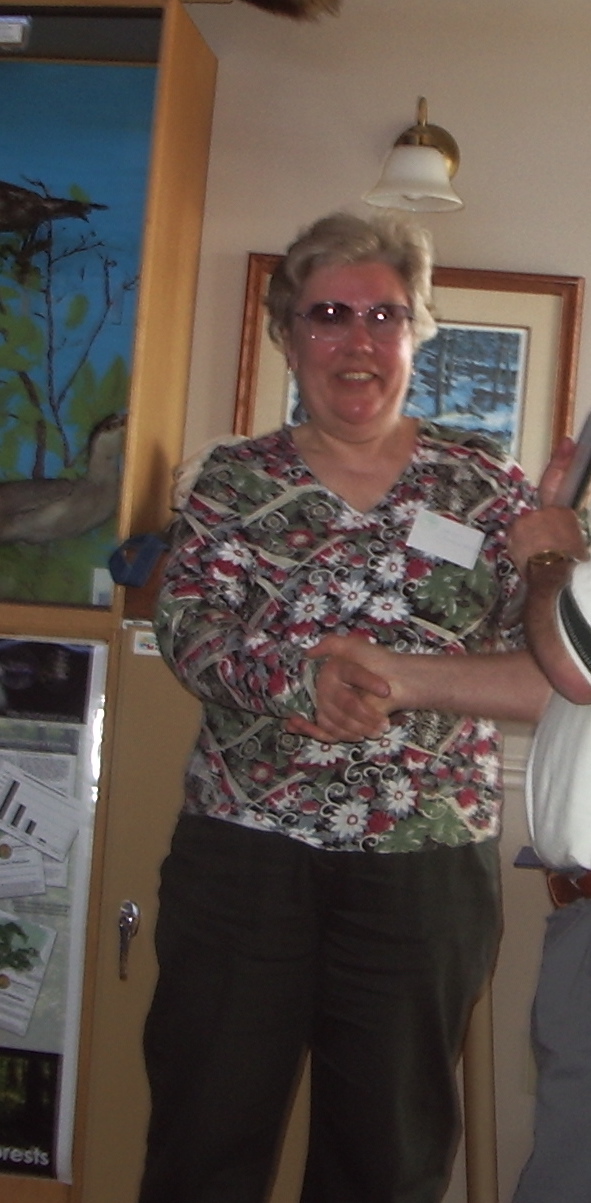
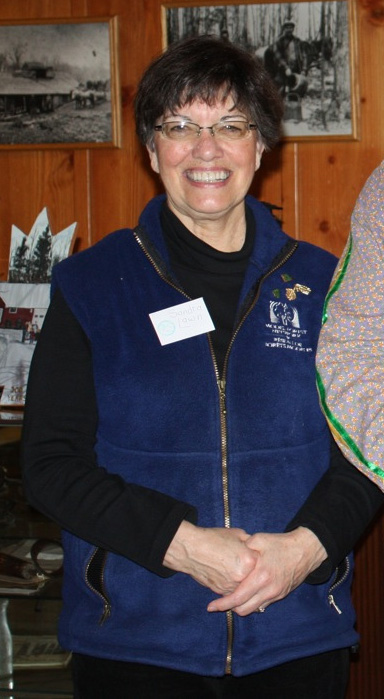
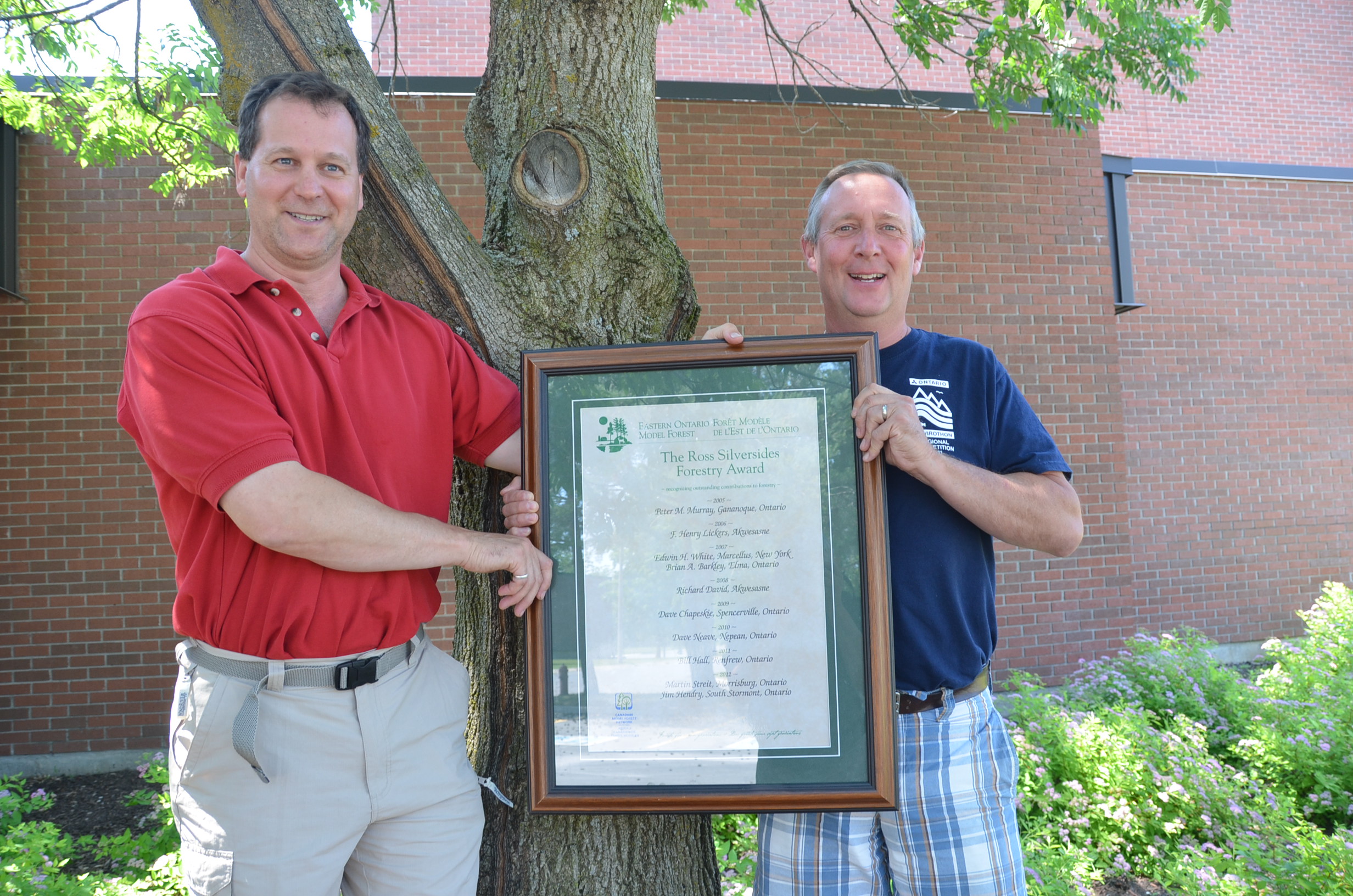
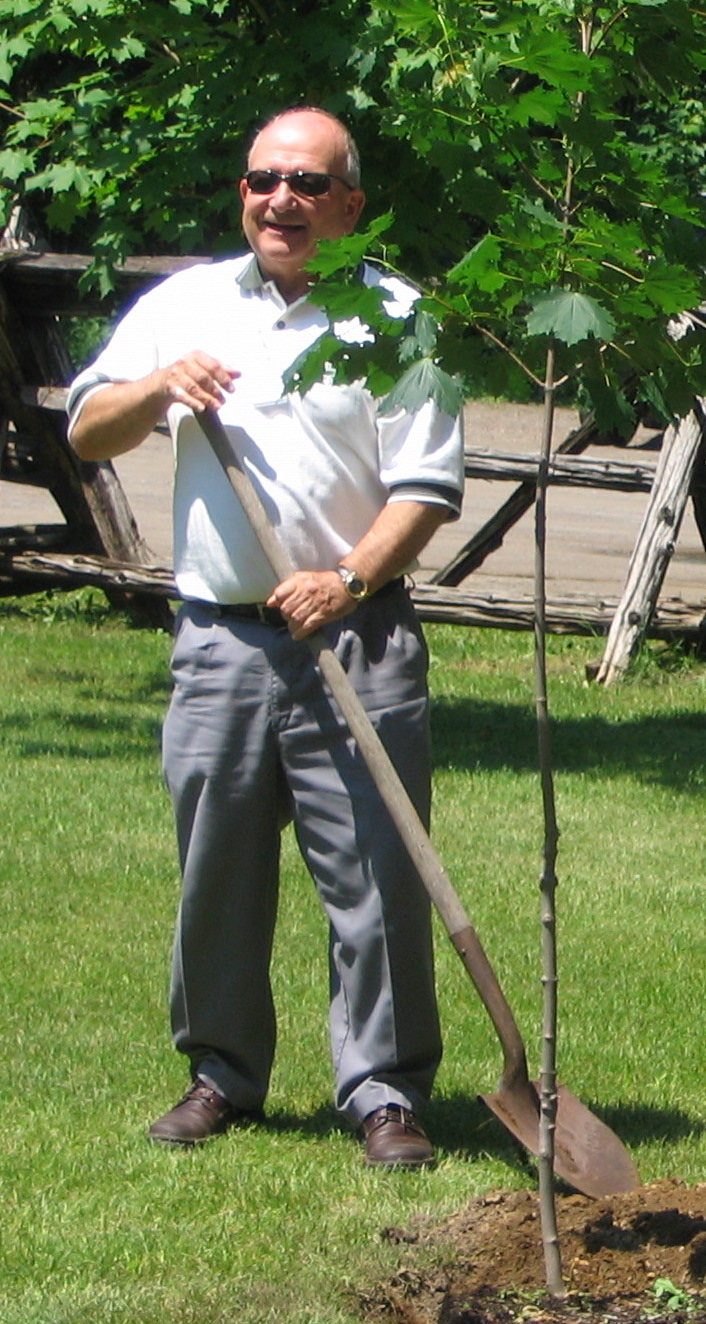
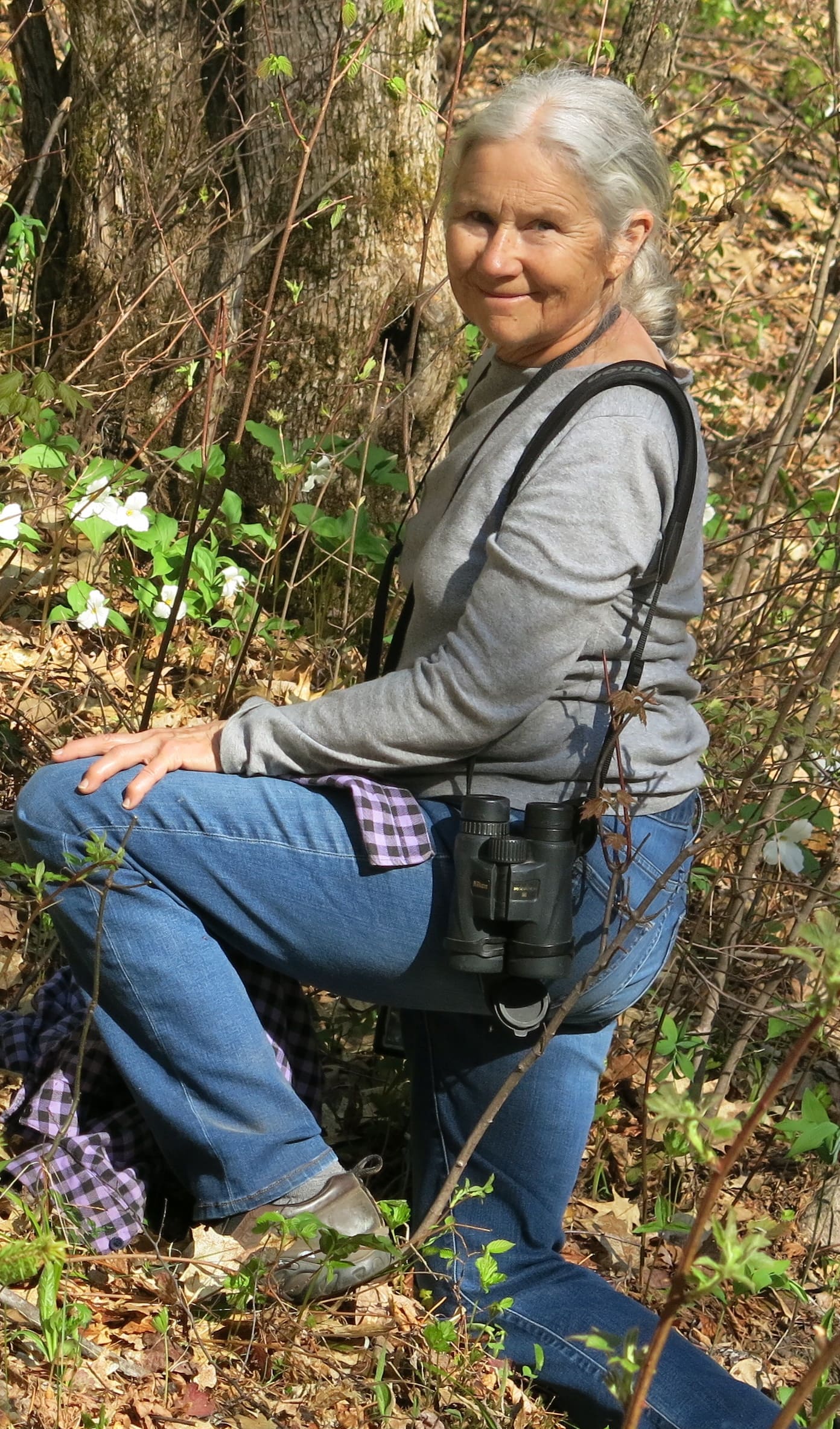
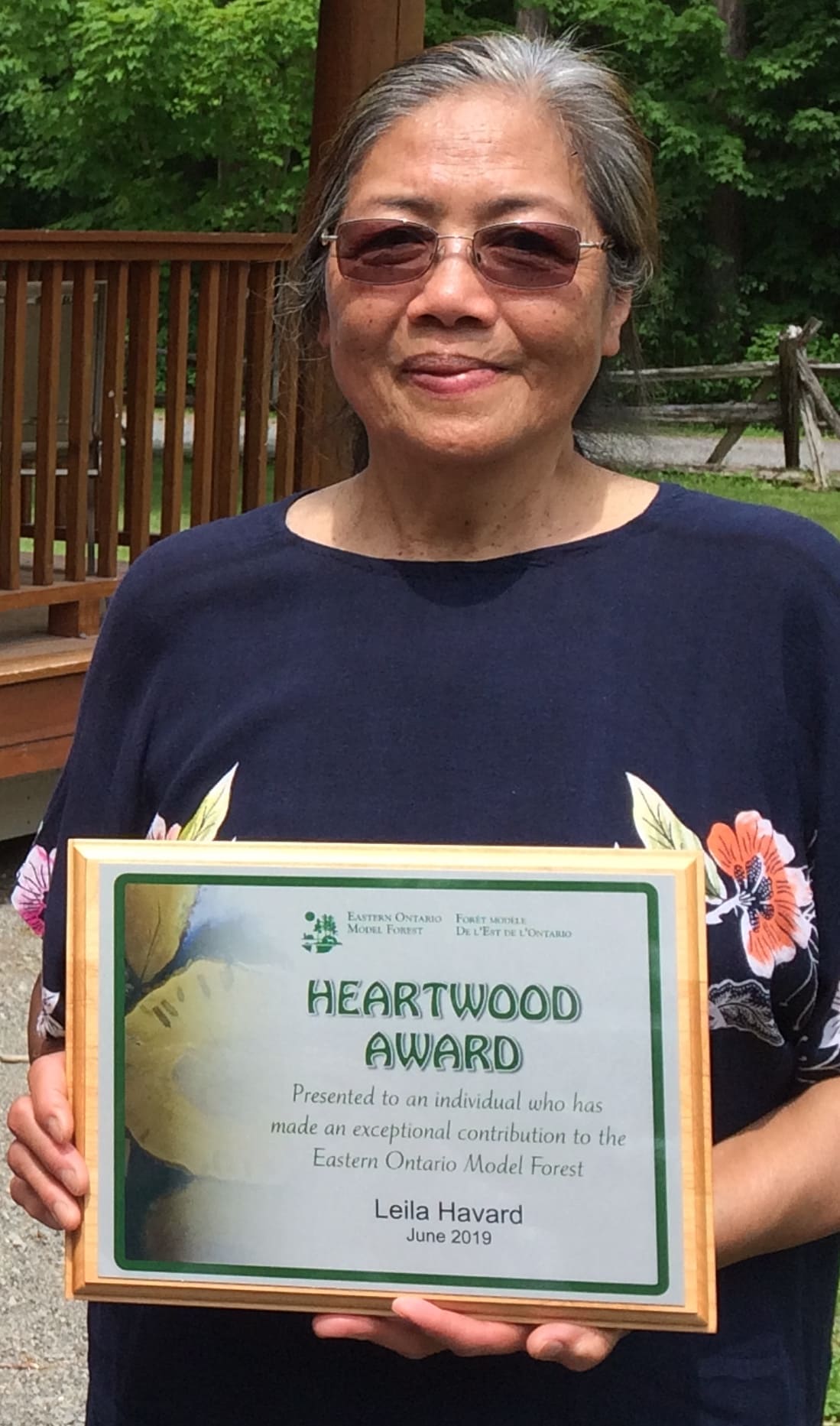

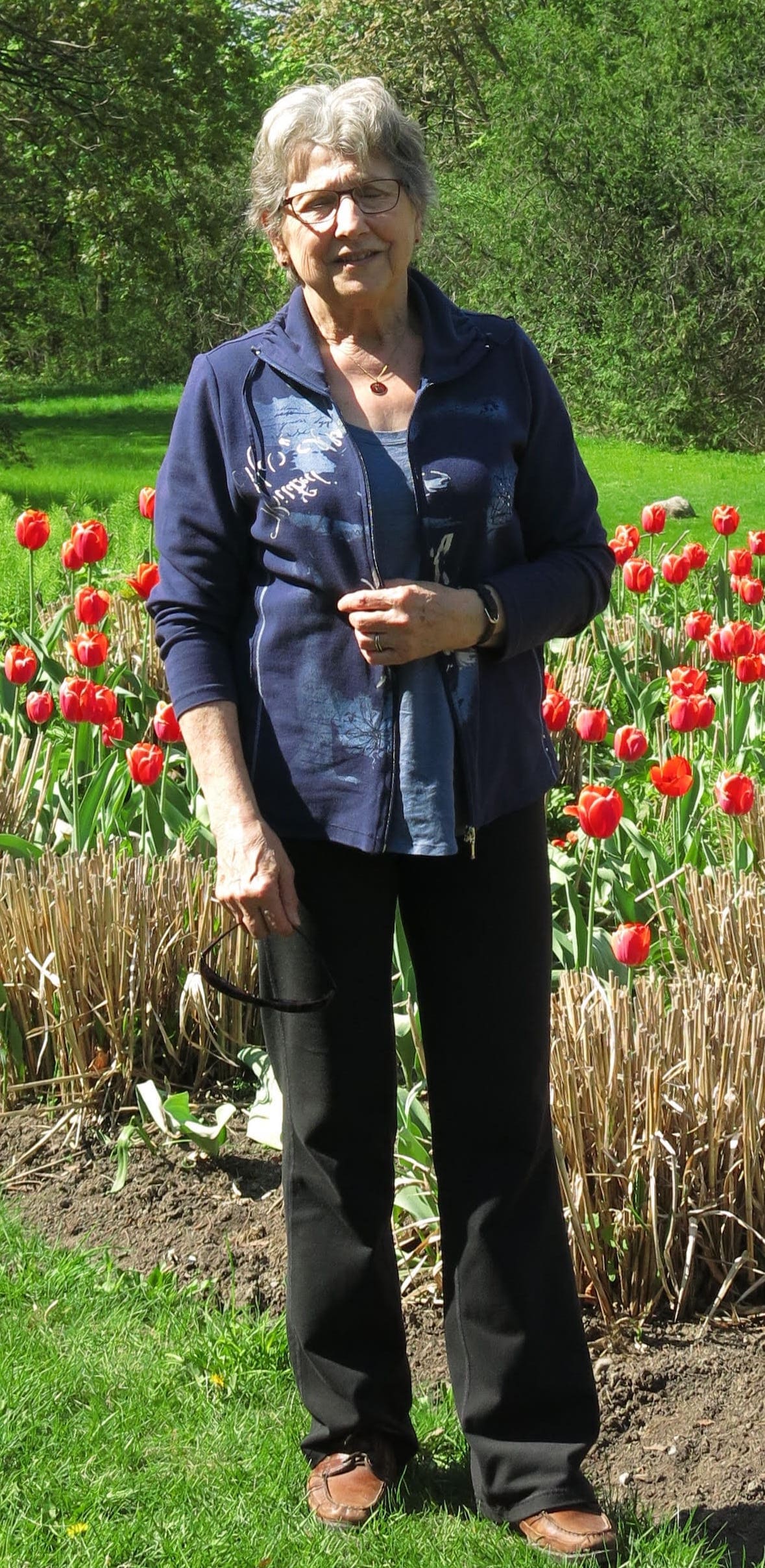
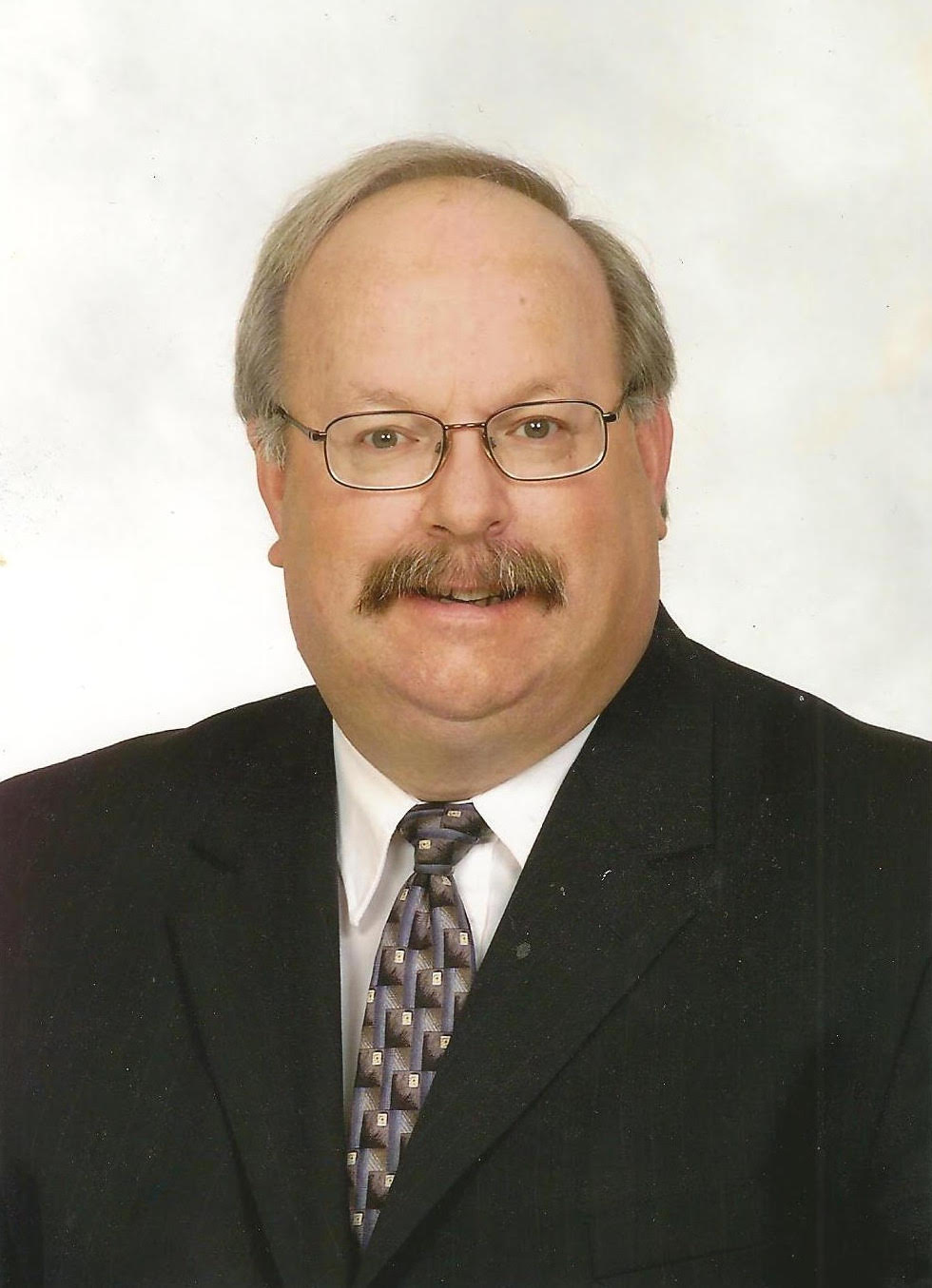
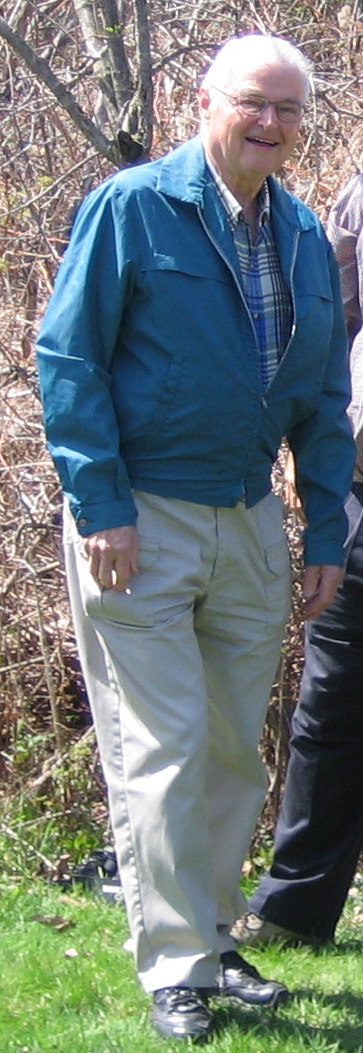






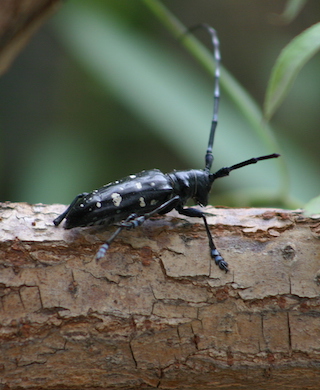
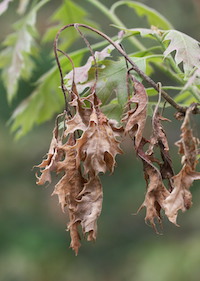
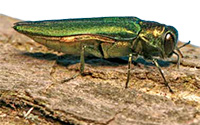 In 2016, we continued to deal with Emerald Ash Borer in our Region plus keeping an eye on other invasive species such as Asian Long-horned Beetle, Beech Bark Disease, Hemlock Woolly Adelgid along with many of the invasive plant species.
In 2016, we continued to deal with Emerald Ash Borer in our Region plus keeping an eye on other invasive species such as Asian Long-horned Beetle, Beech Bark Disease, Hemlock Woolly Adelgid along with many of the invasive plant species.
